One of the oldest operating train stations in the United States, the Jackson Union Depot was “one of the handsomest and most convenient passenger houses in the Northwest” when it was finished in 1873. Designed by H.P. Gardner and Robert Morris Newman after the Michigan Central Railroad chose Jackson for its repair and manufacturing shops, the station consolidated passenger service for a handful of lines serving the town. Derided as an “antiquated brick pile” by the 1920s, it survived the demolition of its surroundings and has been lovingly restored—today, it’s a gorgeous little Italianate relict in a rebounding city center once scoured by urban renewal and disinvestment.
Still a busy-ish stop on the Amtrak Wolverine service between Chicago and Detroit, the station has also seen quite a bit of tragedy over the last 150 years, including a deadly train crash in 1893 and a triple-murder by a railworker serial killer in 1978.

So, what’s changed?
- The street side of the station lost a canopy.
- A few windows have been filled in as the active portion of the station has shrunk alongside passenger traffic—the two-story section in the foreground used to have offices and a waiting room, but is now effectively vacant.
- A low-slung mail room on the end was demolished.
- The city paved over the interurban streetcar tracks that once ran down Michigan Avenue.
- New signaling, obviously.
- Even that quirky postage stamp of park—a tiny leftover of a pioneer-era square, Le Grande Park—is still there.
On the whole, though, the depot looks incredible—one of the best-looking small town train stations in the country.

Michigan’s major rail junction, Jackson’s growth gained steam in 1871 when the Michigan Central Railroad announced plans to move their car and locomotive manufacturing and repair shops to the city from Marshall, along with the construction of a new union depot. The move made sense—crossed by at least four lines controlled by the MCRR, Jackson had actually pipped Detroit in 1870 as the Michigan Central’s busiest station (I suspect this might’ve been the literal only year that ever happened, but the timing is interesting). The railroad also received their handout from the local government, with the city providing free land and debt forgiveness—economic development tools haven’t changed much in 150 years.

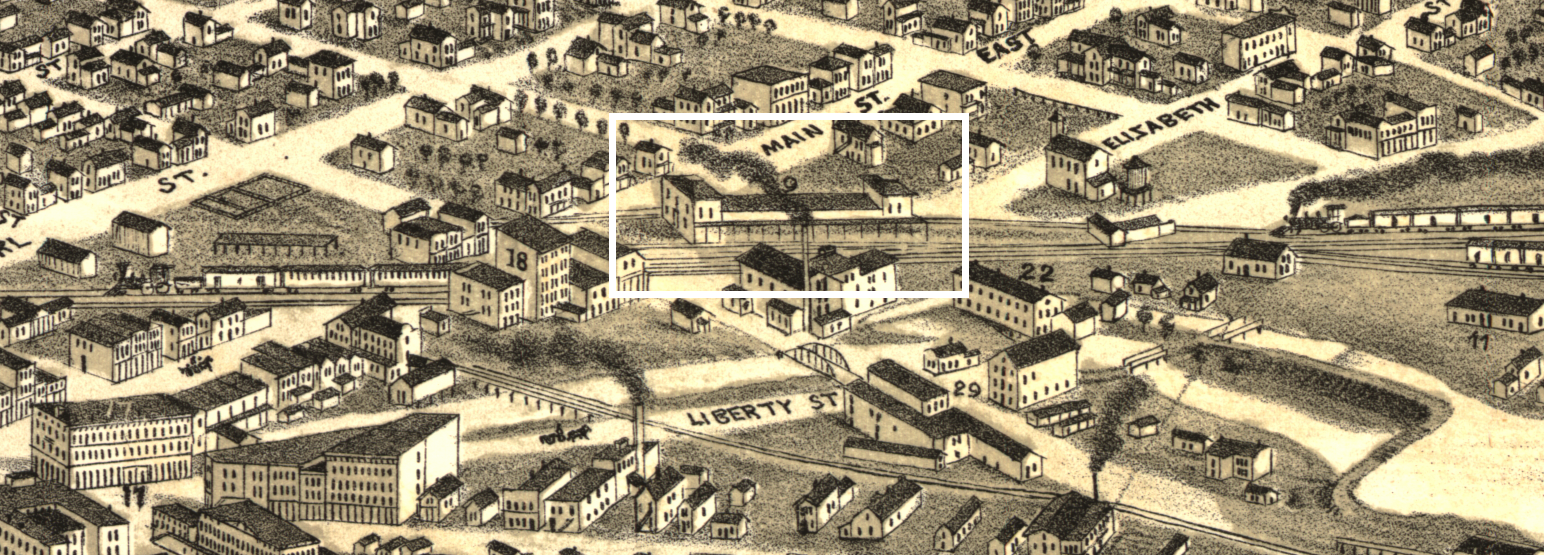
1868 aerial drawing of Jackson with a white square where the MCRR Depot would be built, Library of Congress | 1881 aerial drawing of downtown Jackson, Library of Congress
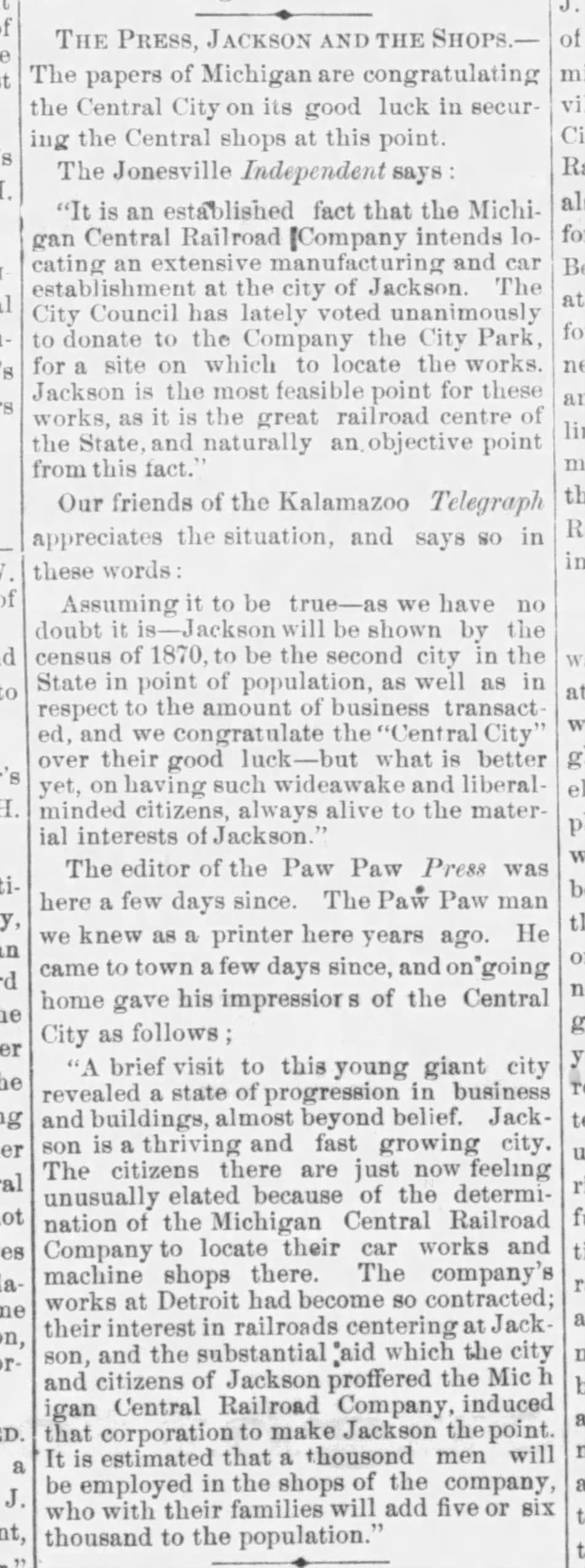


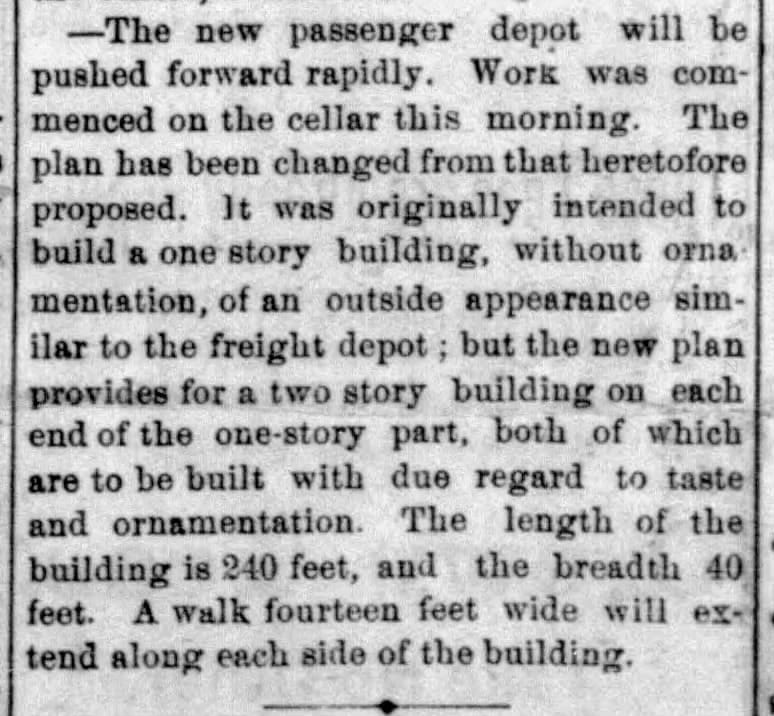
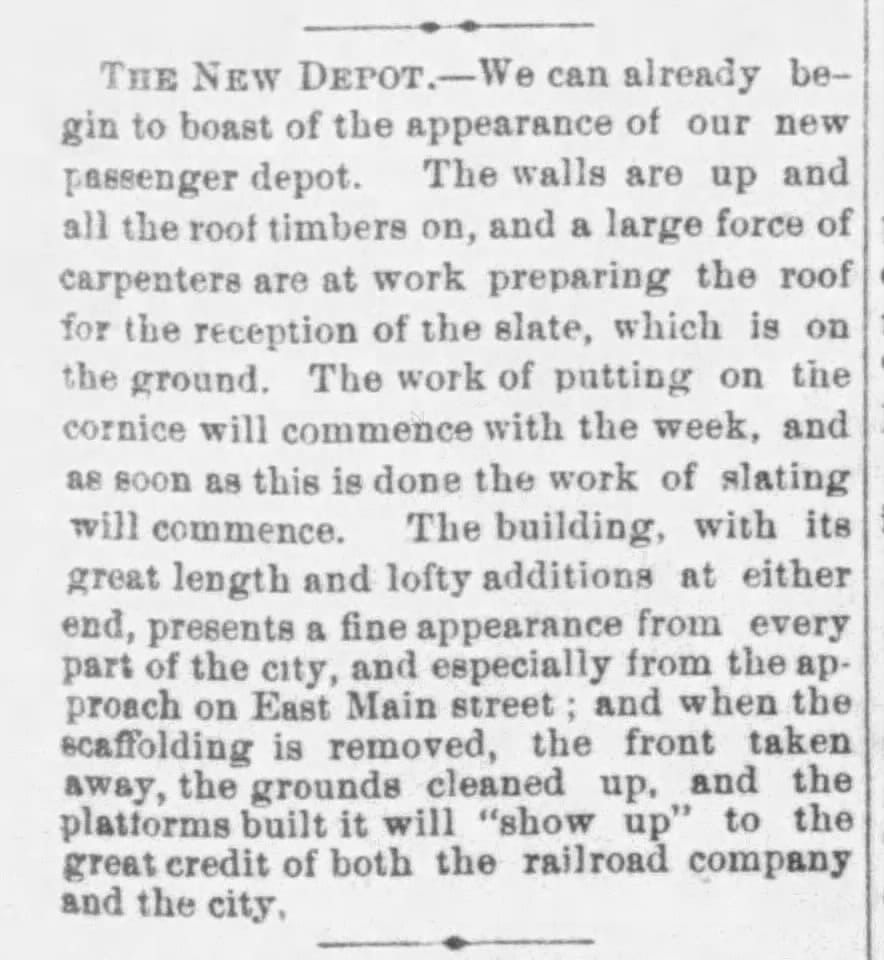
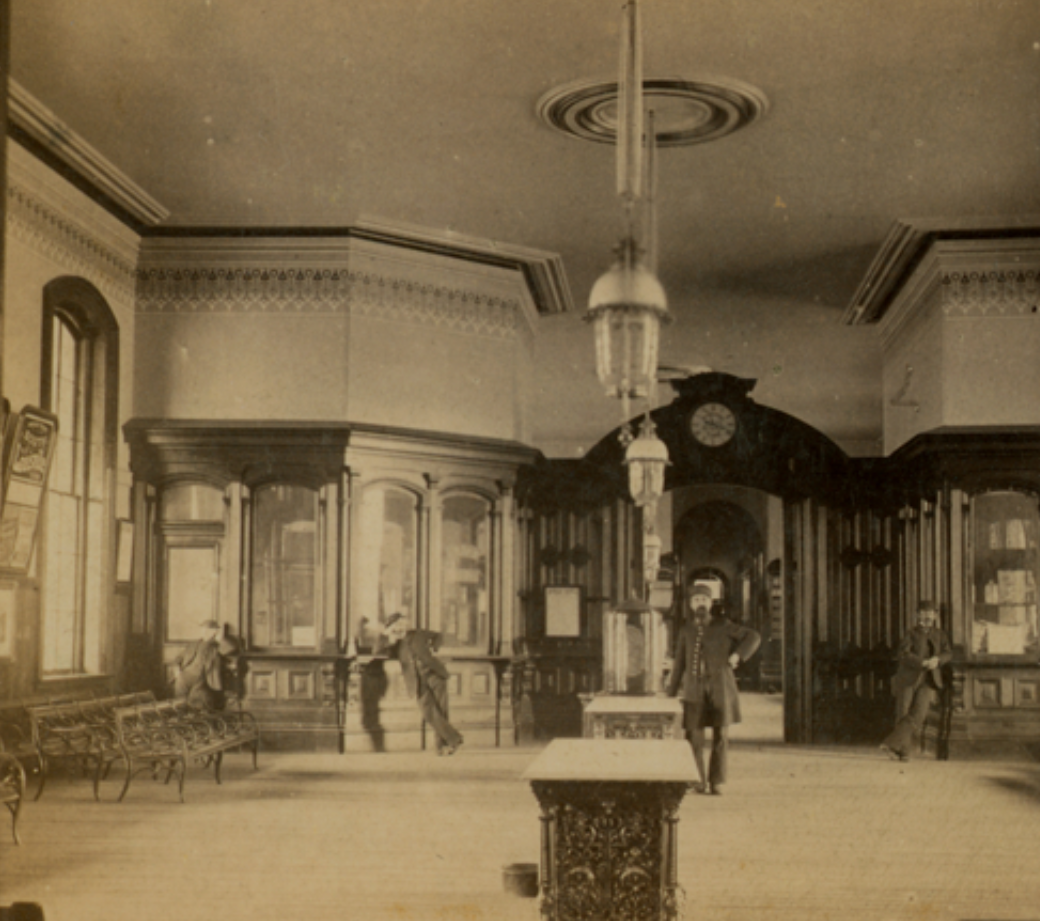
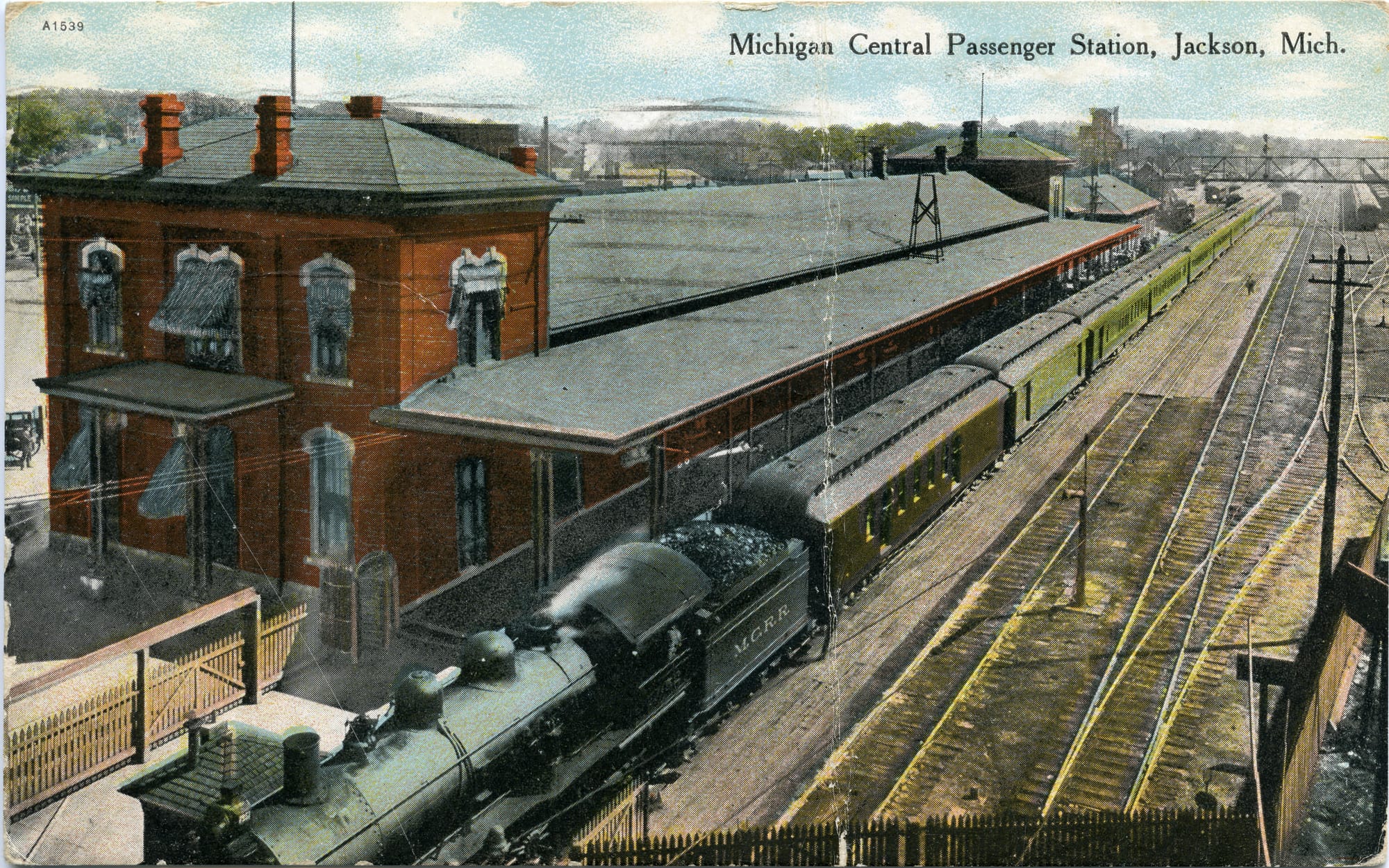
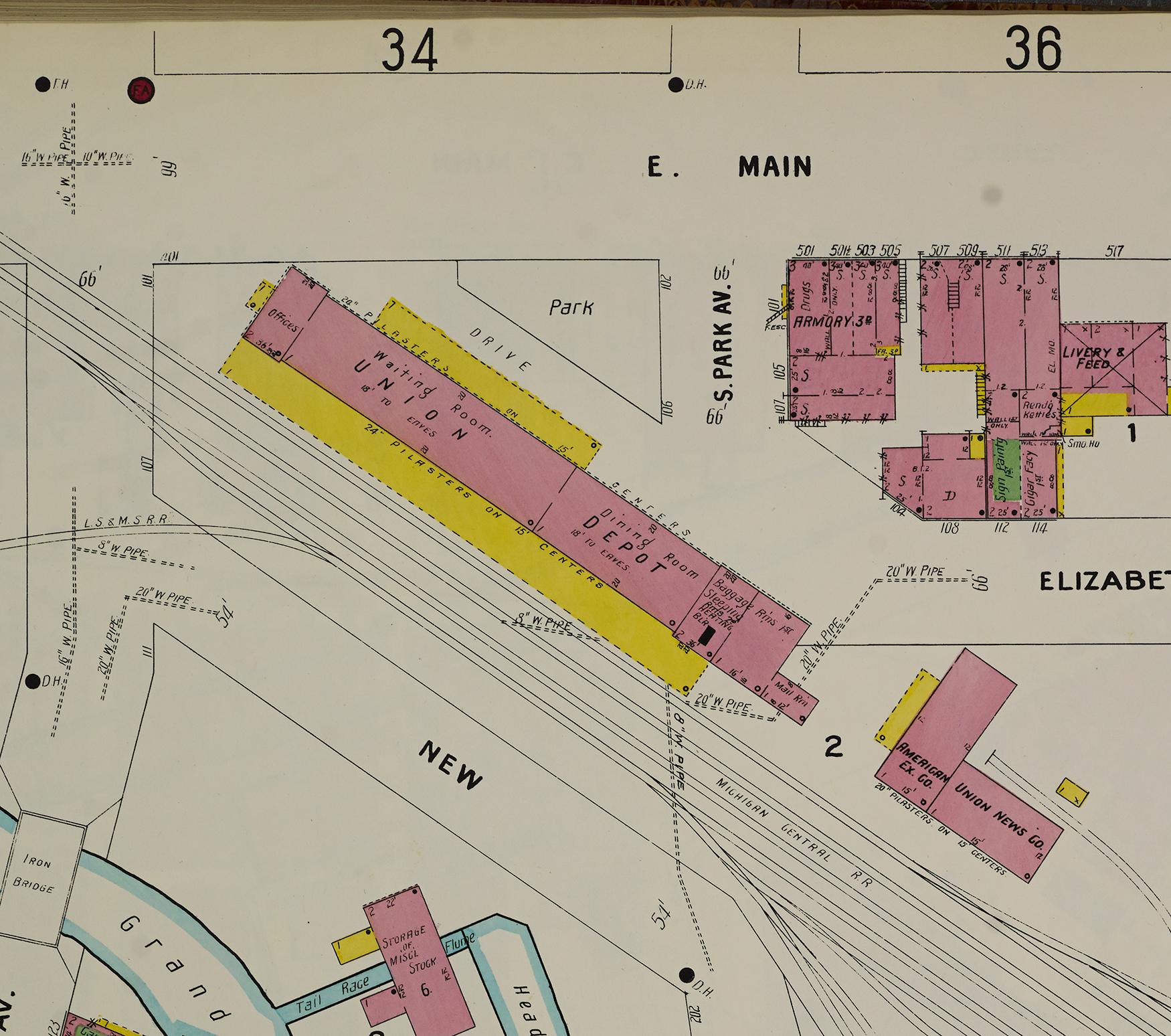
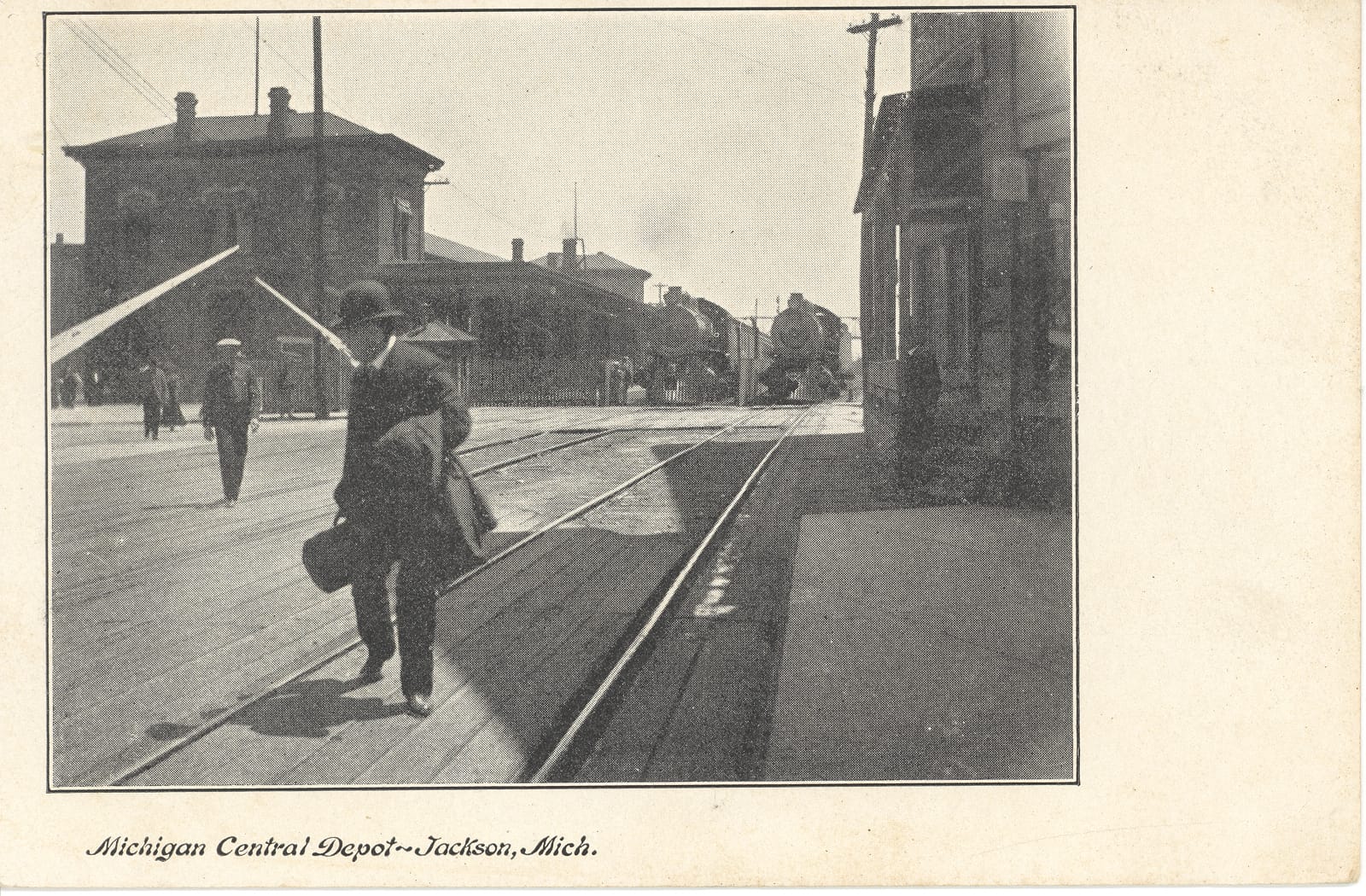
1871, congratulations on getting the shops | 1872-1873 articles about plans for the new depot, construction updates, and a story about the imminent opening | 1881 interior, Burton Historical Collection, Detroit Public Library | Undated postcard, Bentley Historical Library, University of Michigan | 1907 Sanborn Map, Library of Congress | 1910, Hagley Museum & Library |
HP Gardner and RM Newman of the Michigan Central designed the new union station, which consolidated service for a few passenger depots around Jackson. When it opened in 1873, it had a ladies waiting room, a general waiting room, a restaurant, a baggage room, and a telegraph office. The second floor on this side of the station held offices for railroad employees. The depot served passengers on a handful of branches controlled by the MCRR—the Michigan Air Line, the Grand River Valley, the Jackson, Lansing & Saginaw—as well as the independent Fort Wayne, Jackson and Saginaw Railroad.
A Friday the 13th in October 1893 brought catastrophe to the station’s doorstep, in the form of an ill-fated special excursion train heading to the 1893 World’s Fair. En route to Chicago from upstate New York, the excursion train was split into two sections and made up of cars from the Delaware, Lackawanna & Western and New York Central Railroads. When one section arrived in Jackson first, they parked on the main track in front of the station, so passengers could eat in the station dining room.
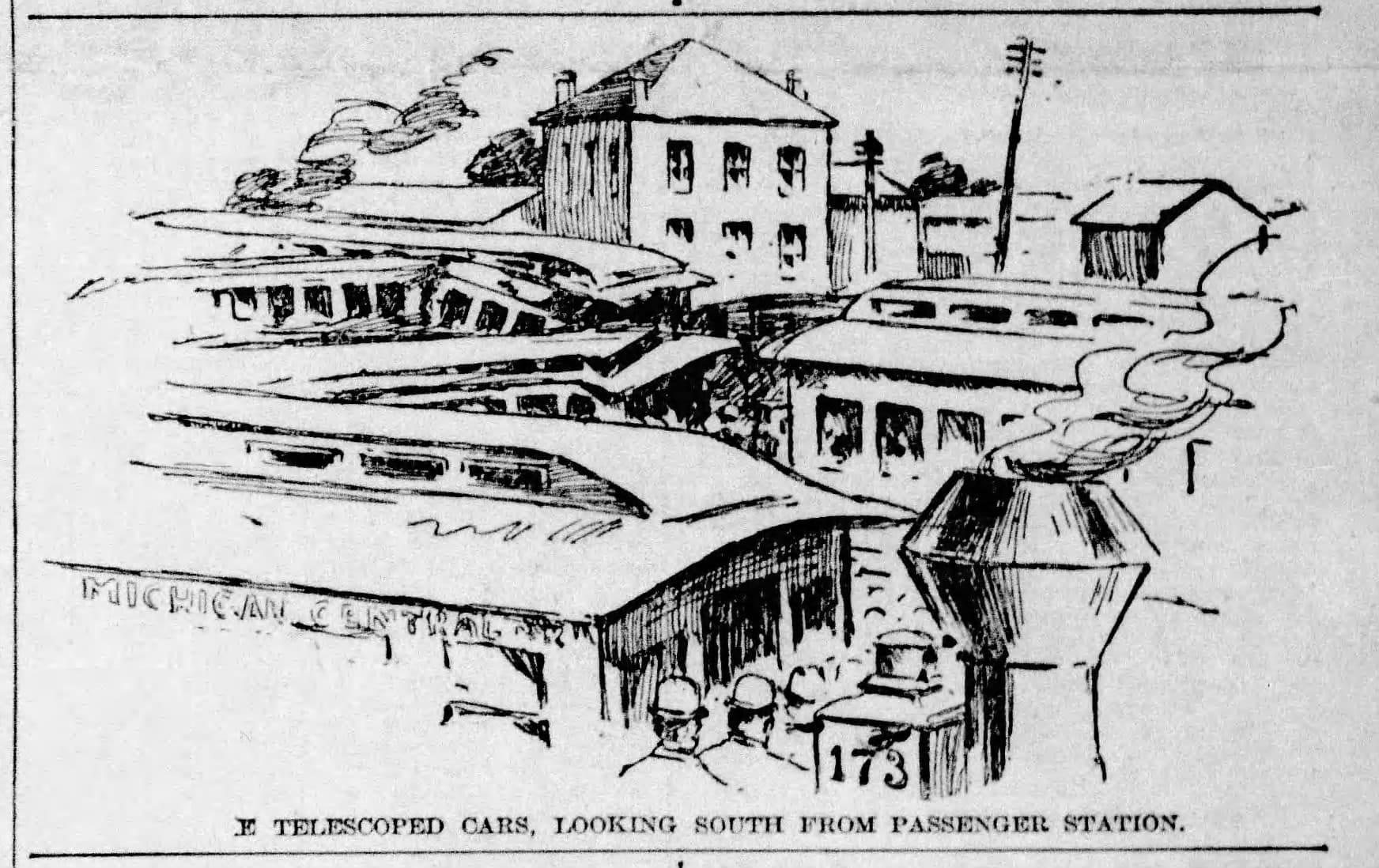
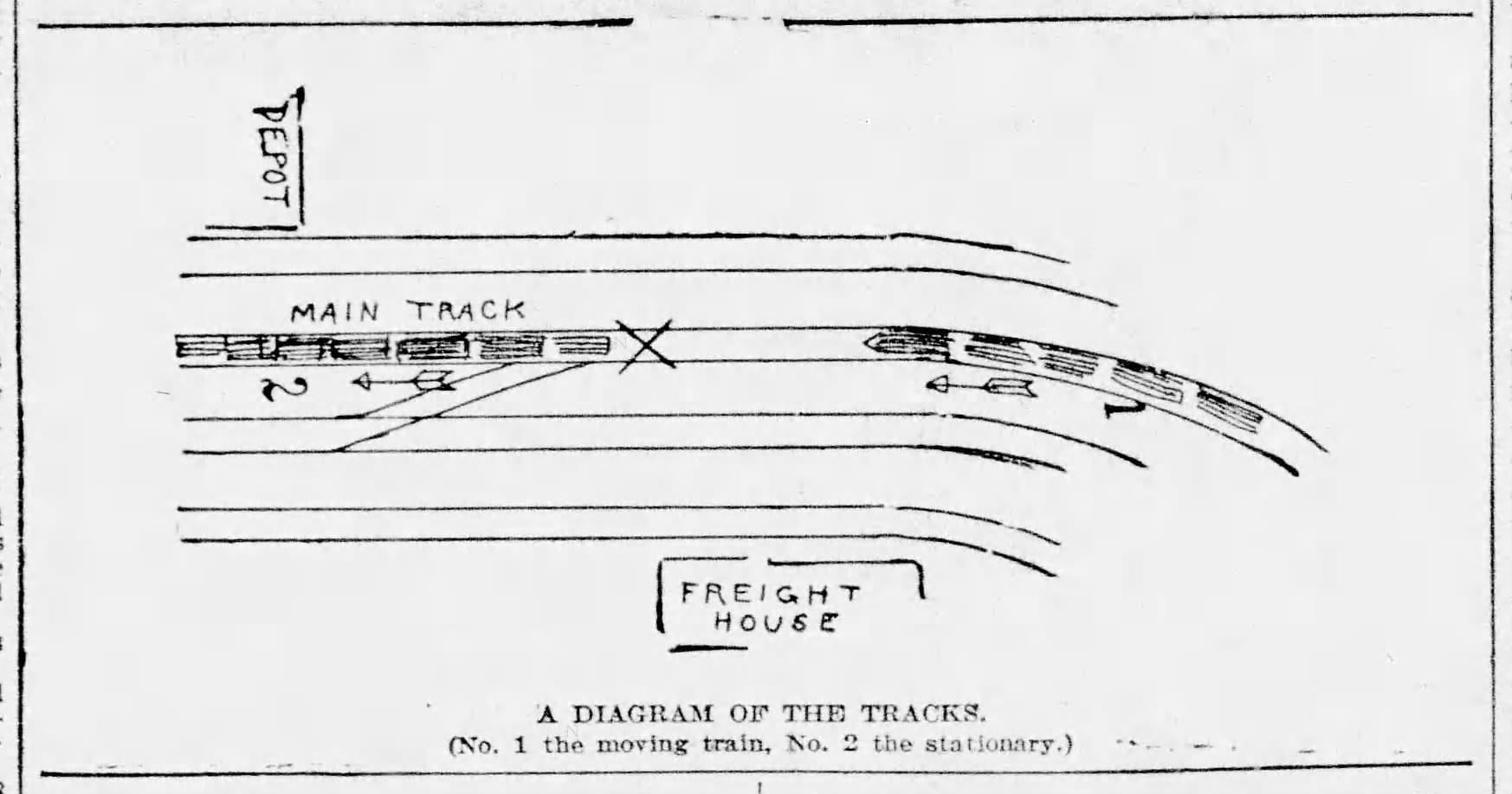
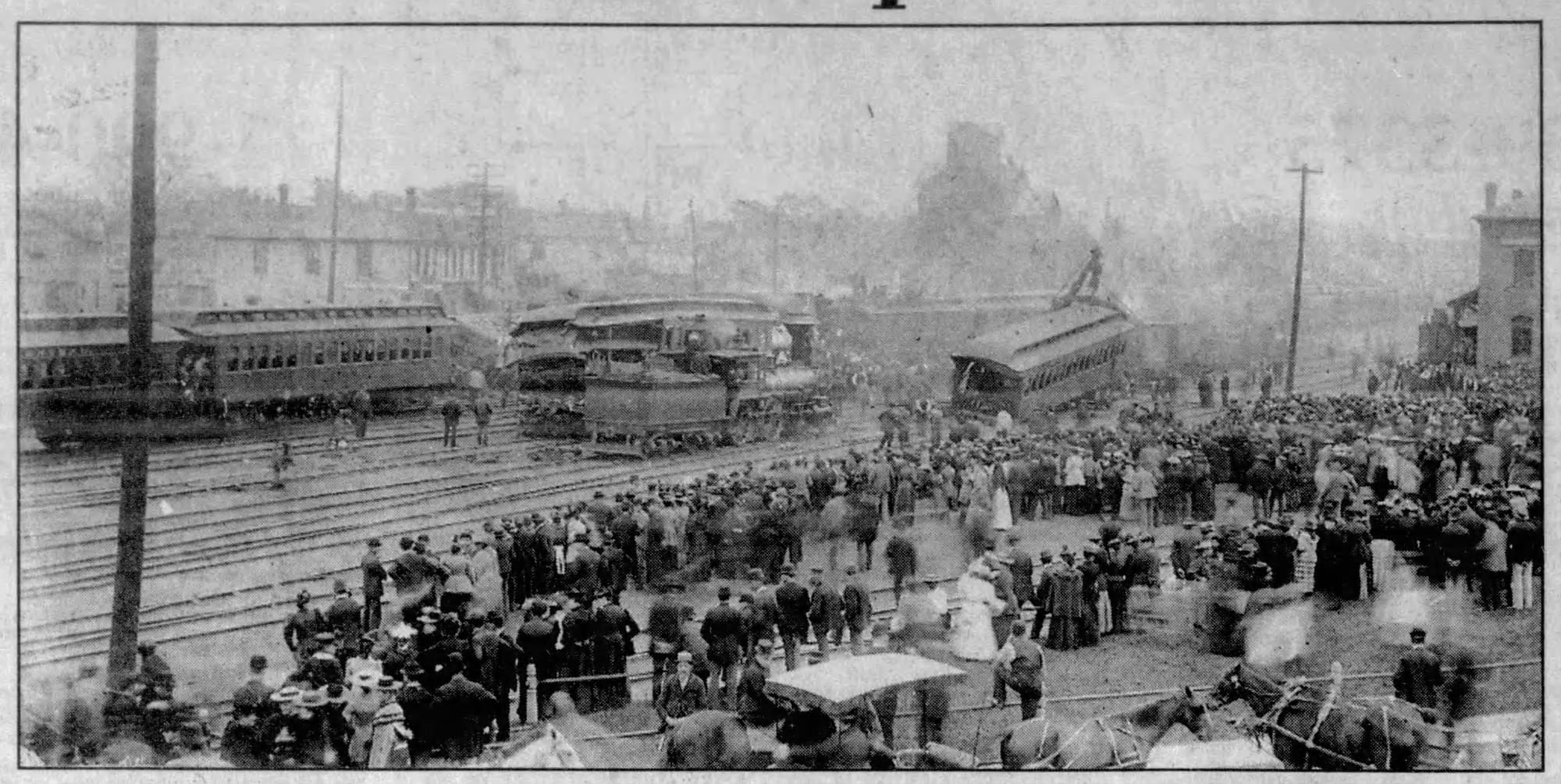
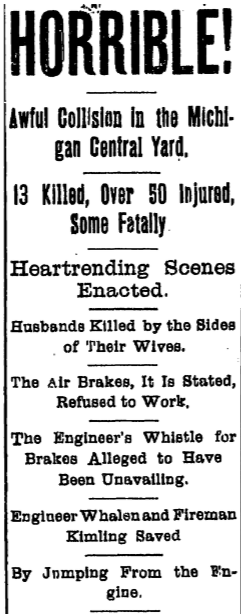
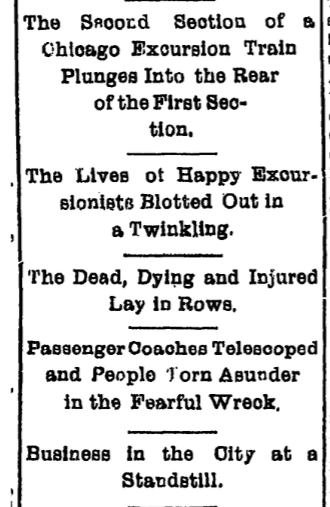
1893, crash coverage
Arriving 45 minutes later, the train’s second section pulled into Jackson at speed, and the airbrakes failed. The second section’s engineer and fireman jumped out of their engine, and the locomotive collided with the train standing at the platform. At least 13 fairgoers died in the telescoped rear coaches of the standing train. In a morbid bit of souvenir-hunting, the Jackson Daily Citizen reported that some onlookers combed the wreckage for mementos—splinters of wood from the wreck.
Busy through the 1930s and 1940s, even if the station was considered antiquated and obsolete, passenger traffic at Jackson tumbled along with the rest of the US in the 1950s—but in Jackson, the generalized decline of rail was exacerbated by the closure of the MCRR shops in 1949. The Michigan Central, which had been controlled by the Vanderbilt family since the 1800s, was eventually fully absorbed by the New York Central. A struggling NYC even put the station up for sale in the 1960s.
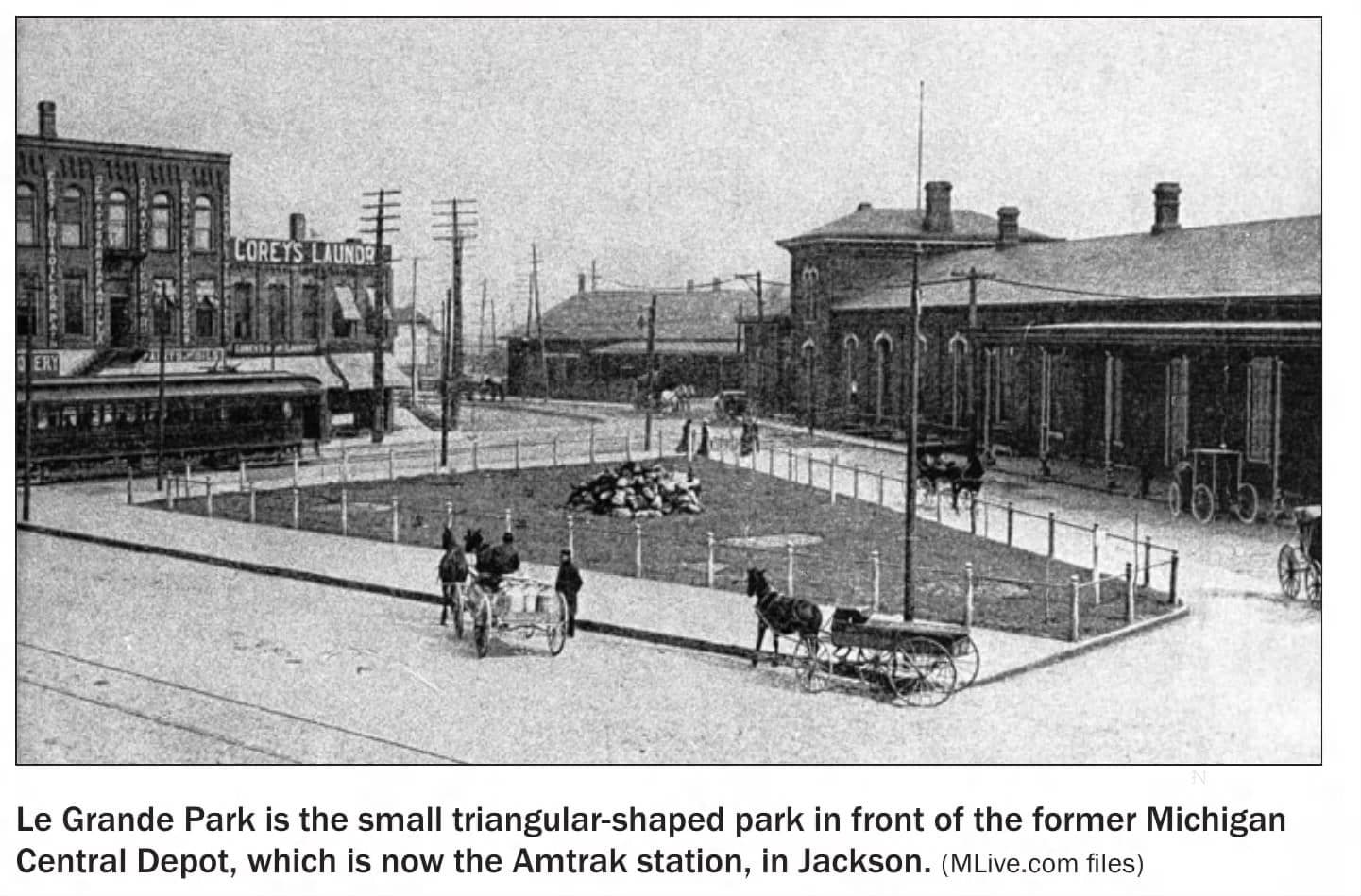
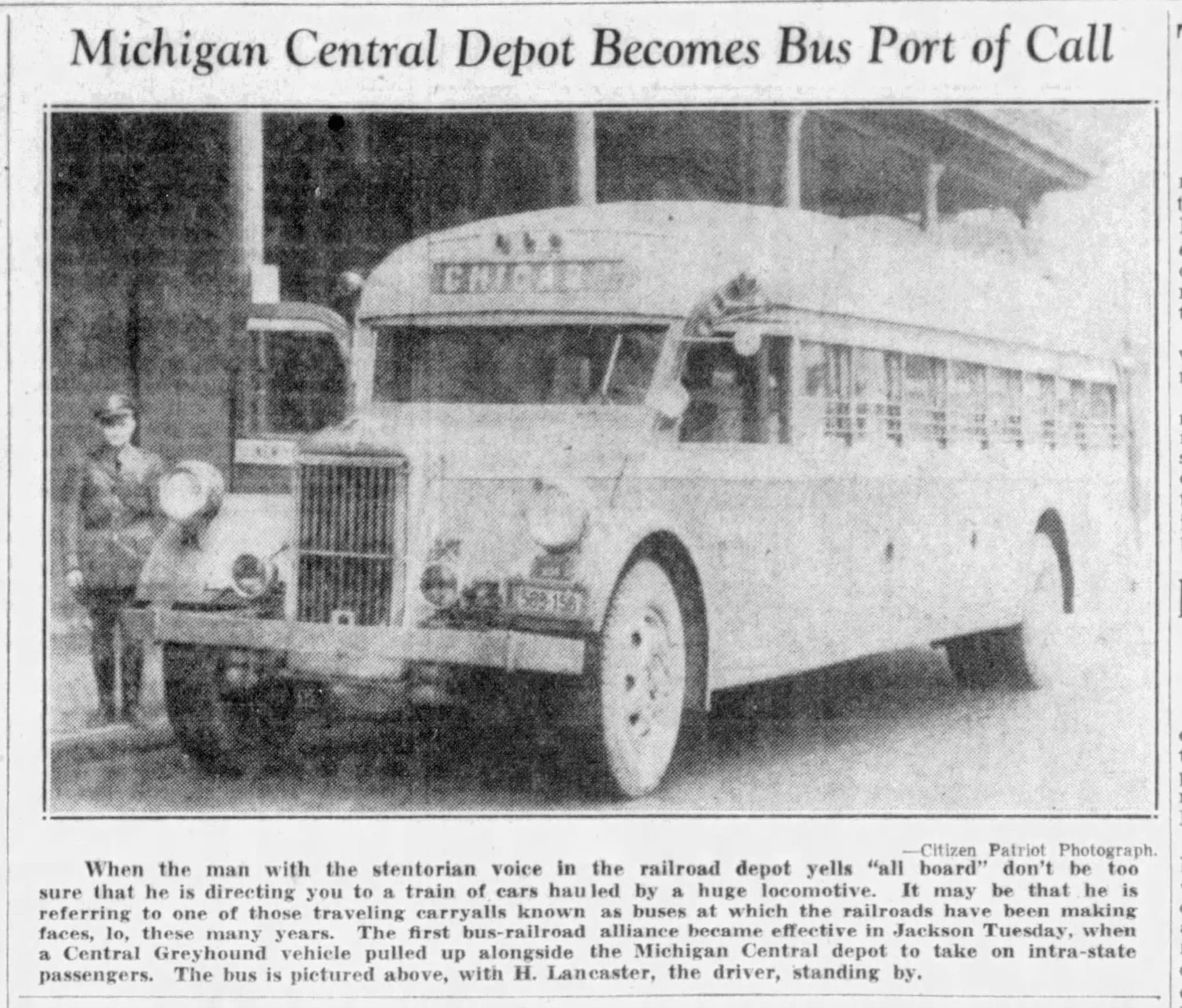
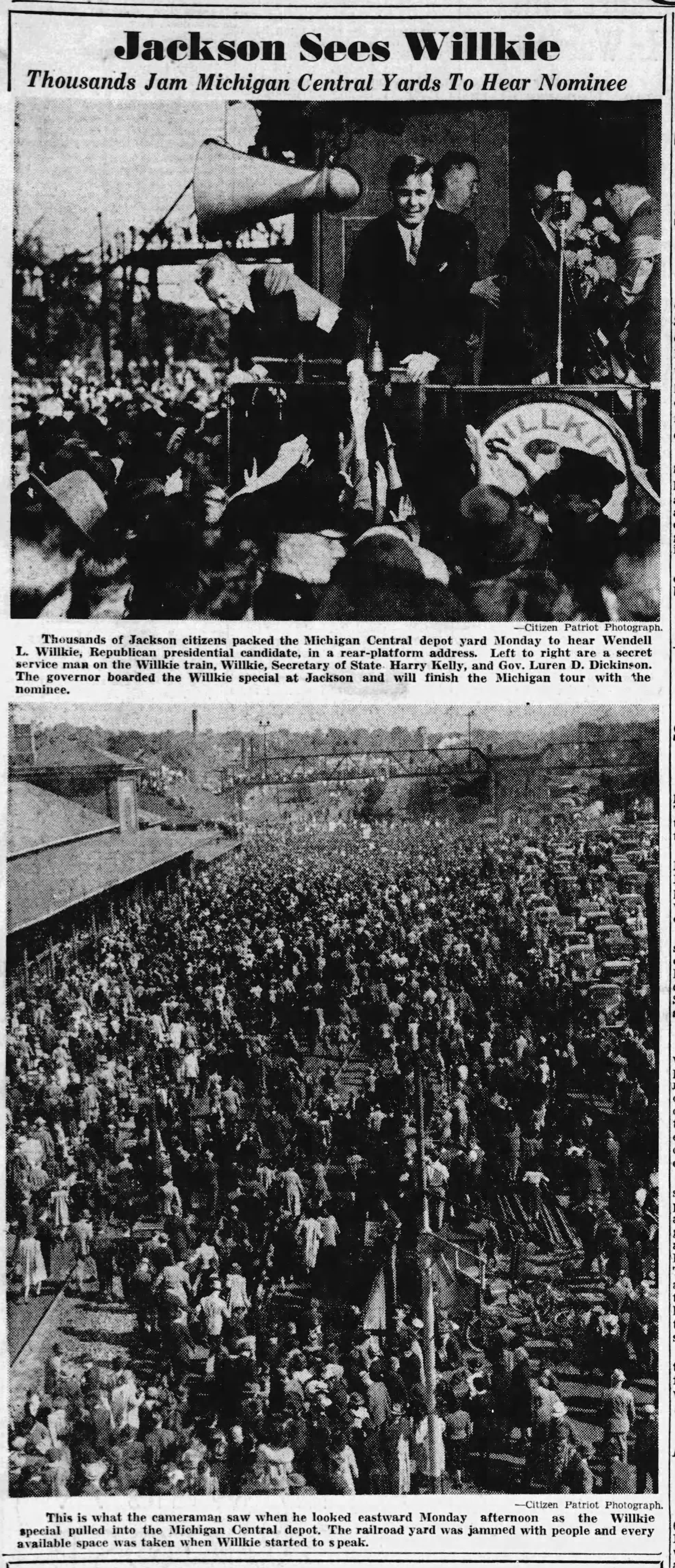
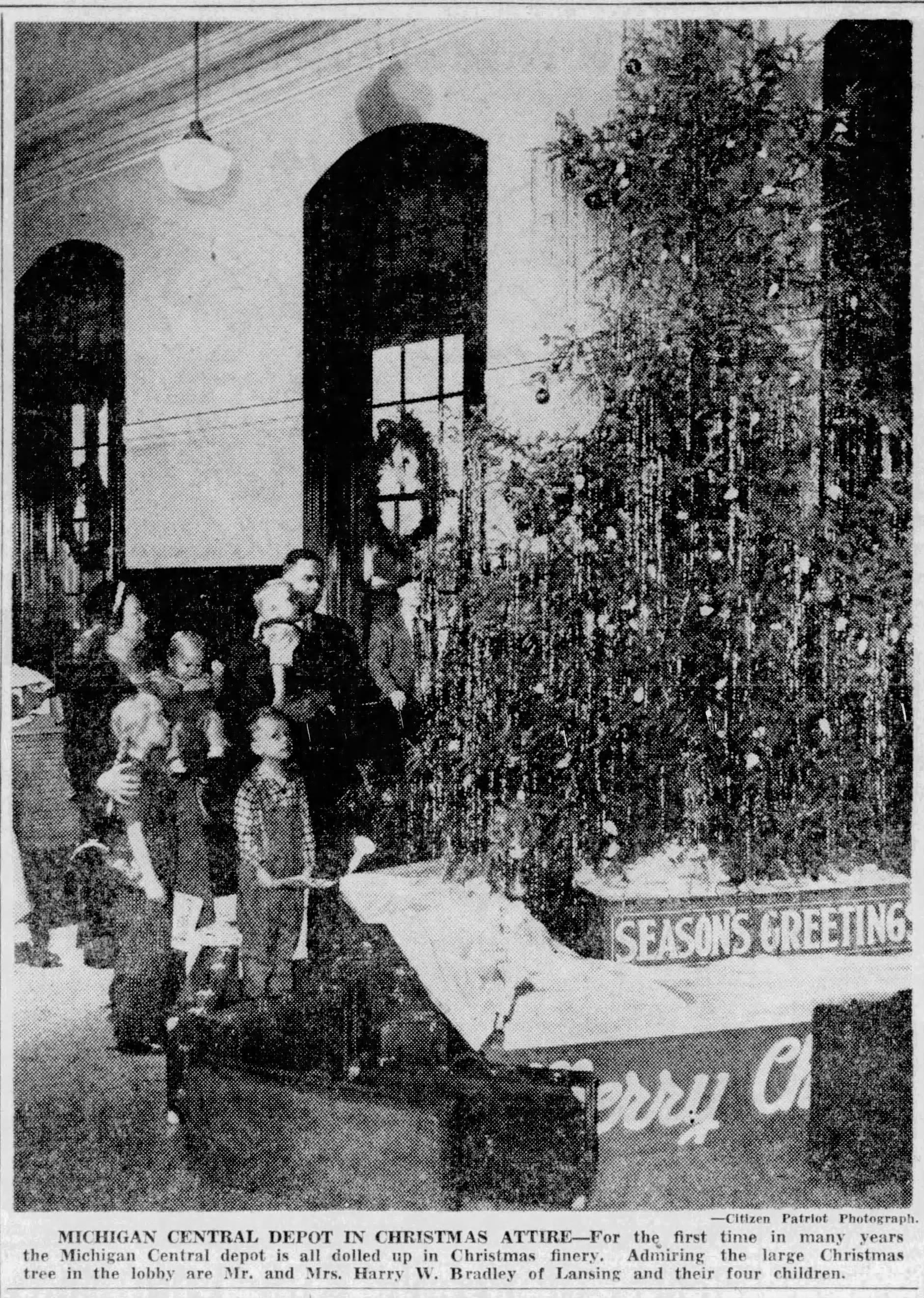

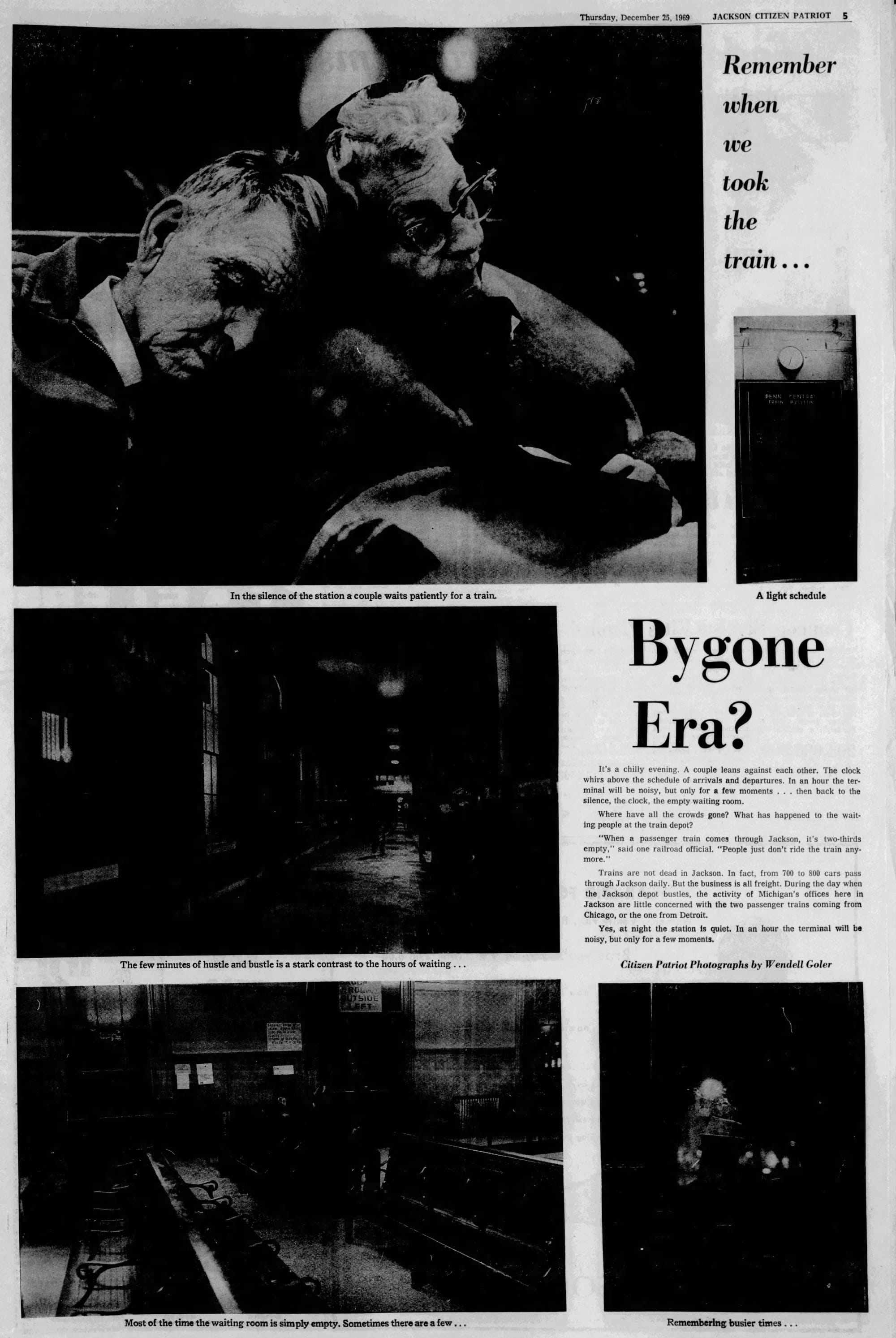

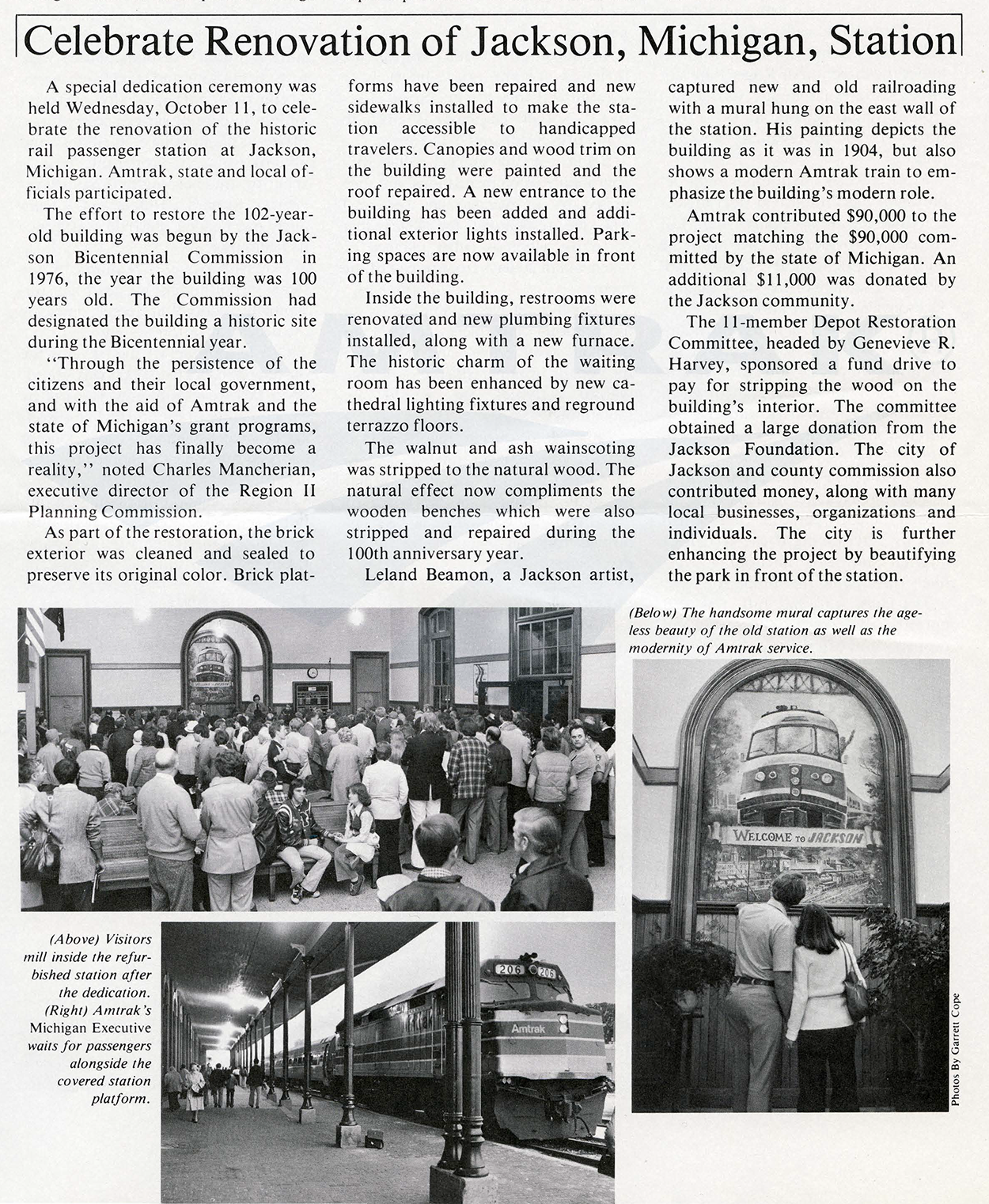
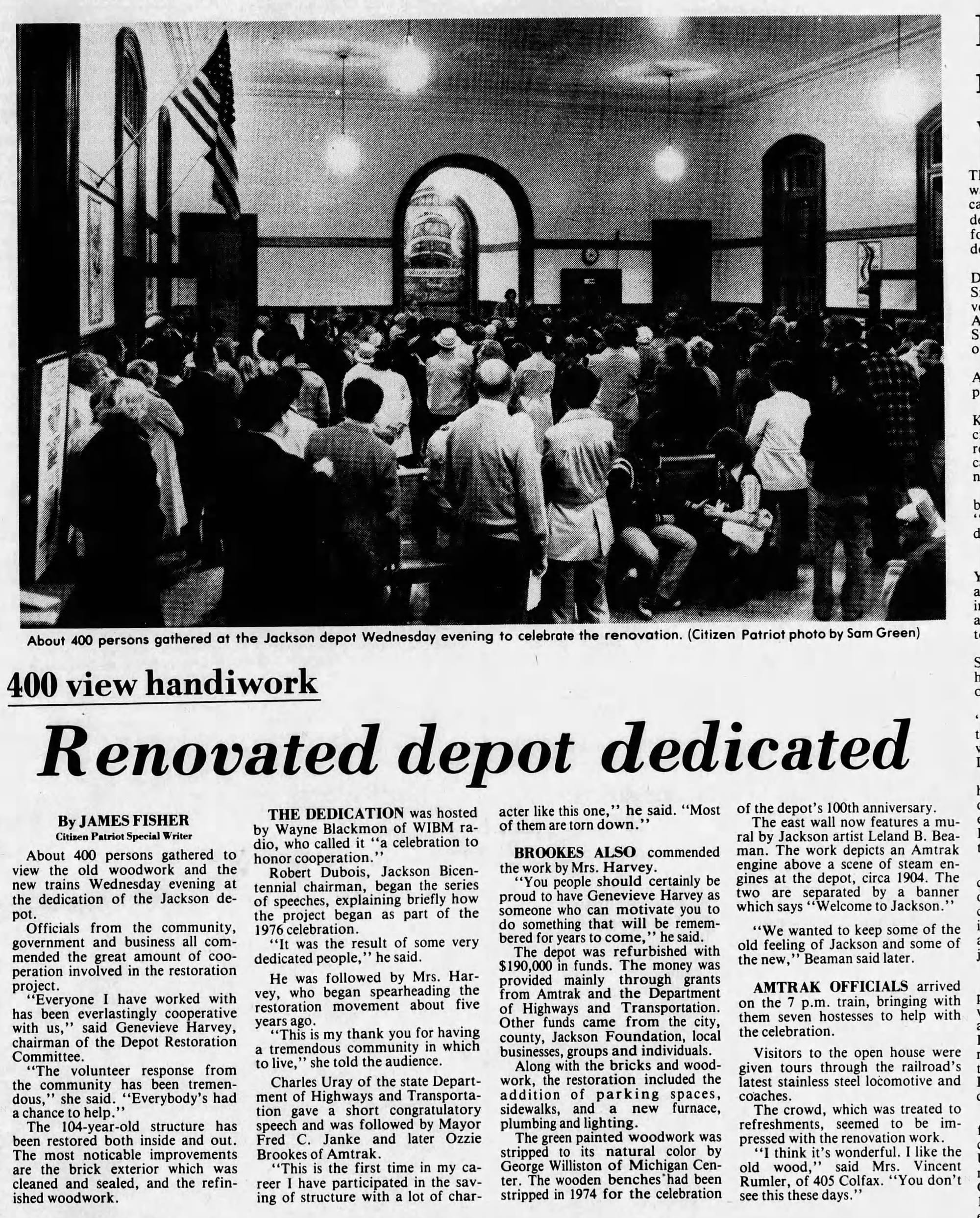
Le Grande Park | 1936, buses at the depot | 1940, Willkie campaigns for president at the station | 1951 Christmas tree | 1962, station for sale | 1969, rail a bygone era? | 1978 sandblasting station | 1978, Amtrak News | 1978, renovated depot dedicated
The station’s survival must’ve been a little touch-and-go in the 1960s and 1970s as the dying New York Central and Penn Central Railroads merged, declared bankruptcy, and then had their services nationalized through Amtrak and Conrail. However, by the 1970s the century-old station had grown old enough to be appreciated as historical, rather than disdained as dated. Boosted by the civic enthusiasm engendered by the bicentennial celebrations in 1976, a major restoration drive—lead by Genevieve Harvey—was launched. $190k and two years later, a stabilized and spruced-up Jackson station reopened.
But 1978 was a weird year for the station—it received more love than it had in decades, and also saw more death than it had in decades. On New Year’s Eve of that year a former railroad worker—an insane serial killer of railway employees—murdered three Conrail employees in the Jackson station crew room. A suspect in four other railyard slayings, he was convicted and sentenced to life in prison.
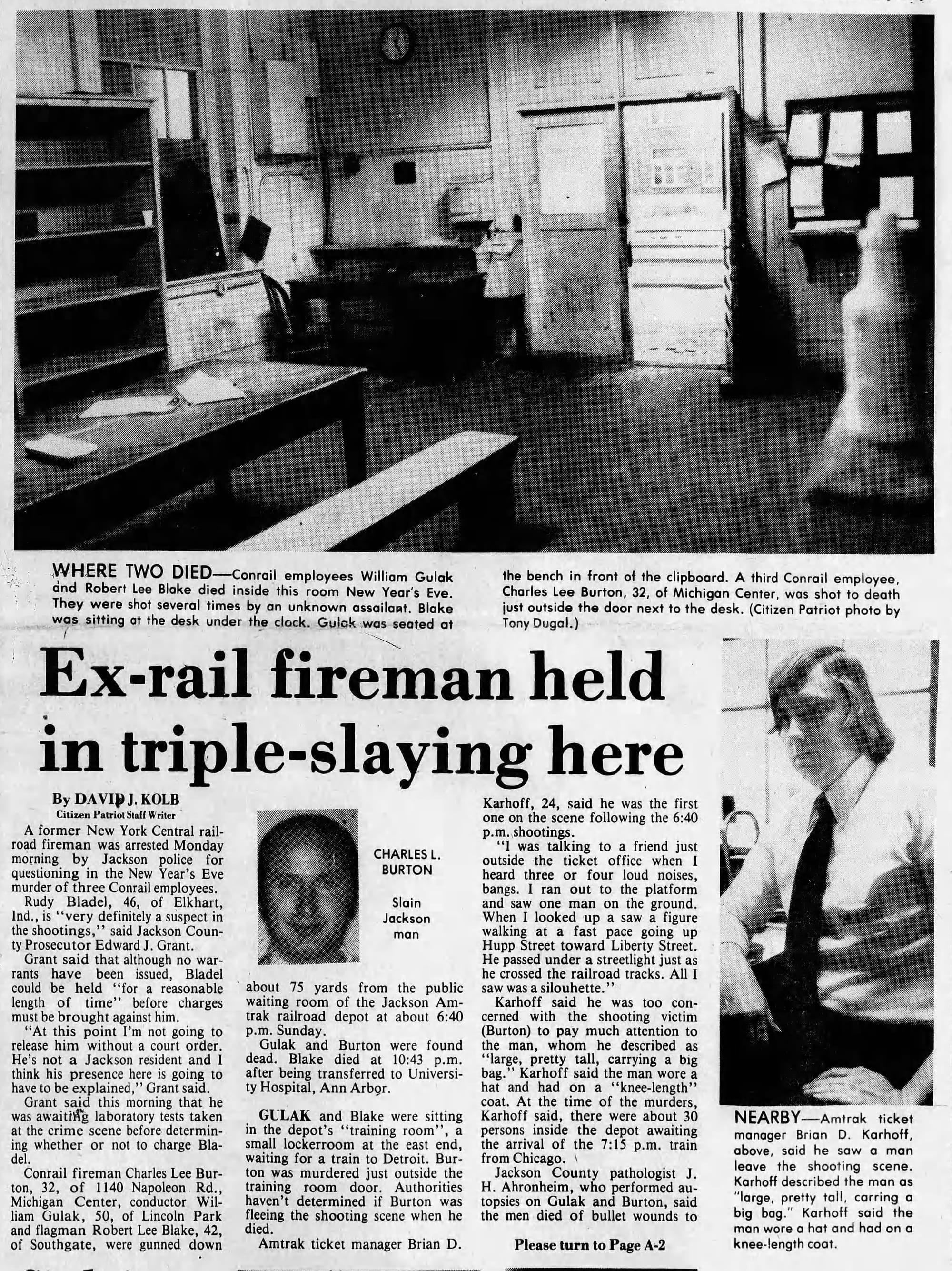
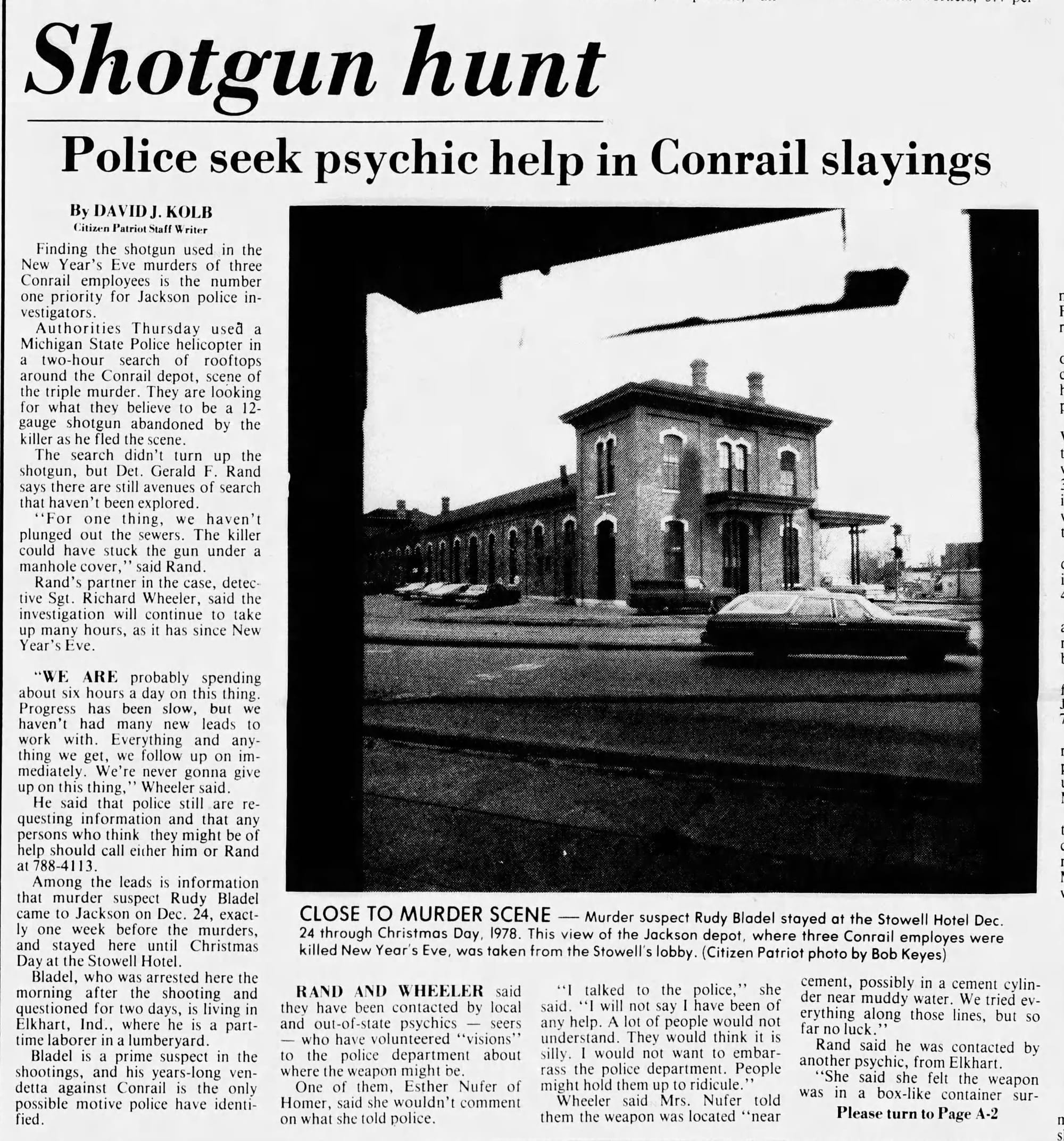
1979, rail fireman held in triple murder | 1979, looking for the murder weapon
Added to the National Register of Historic Places in 2002, today Jackson station welcomes around 18,000 riders a year. Nicely maintained, it has a real claim to be one of the oldest train stations in the country—Jackson’s boosters lean on the more hedged “oldest continually-operating”, but I think it has a strong claim to be the oldest active station overall (competitors include Camden Station in Baltimore [tracks don’t even reach it anymore, c‘mon], Santa Clara Depot in California [trains still stop there, but the building itself is closed to passengers], and Martinsburg Station in West Virginia [built as a hotel]).
It’s a truly unique asset for the town, an historical and architectural resource that’s also a useful connector to Chicago, Detroit, and Ann Arbor.
With the amount of interior space in active use greatly reduced, Jackson station is also—unfortunately—a testament to the decline of American passenger rail over the last century.
…but hey, at least in this case those semi-vacant waiting areas, dining rooms, and offices are still there, ready to go once we figure out a purpose and a plan to bring the entire station building back on line.
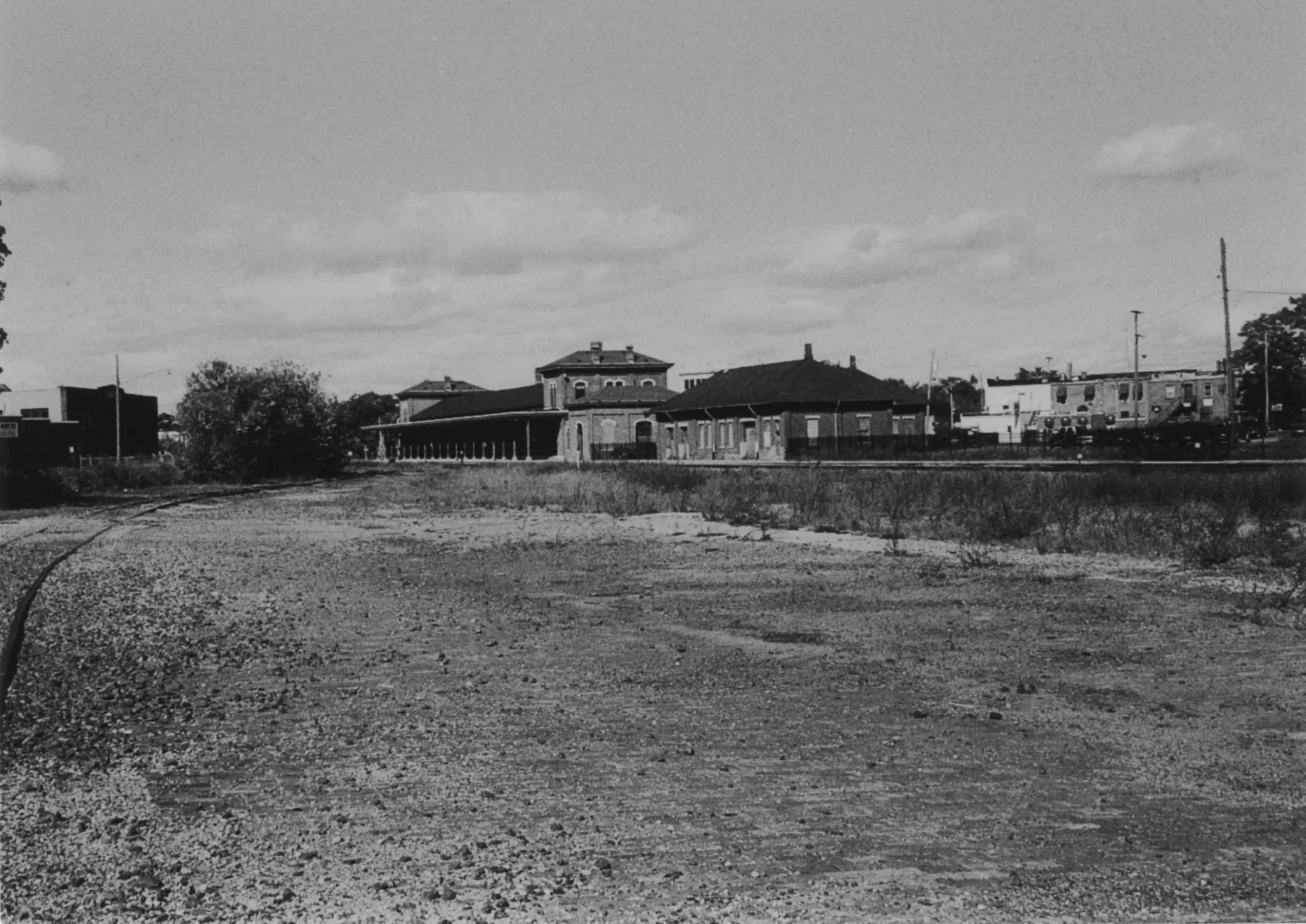
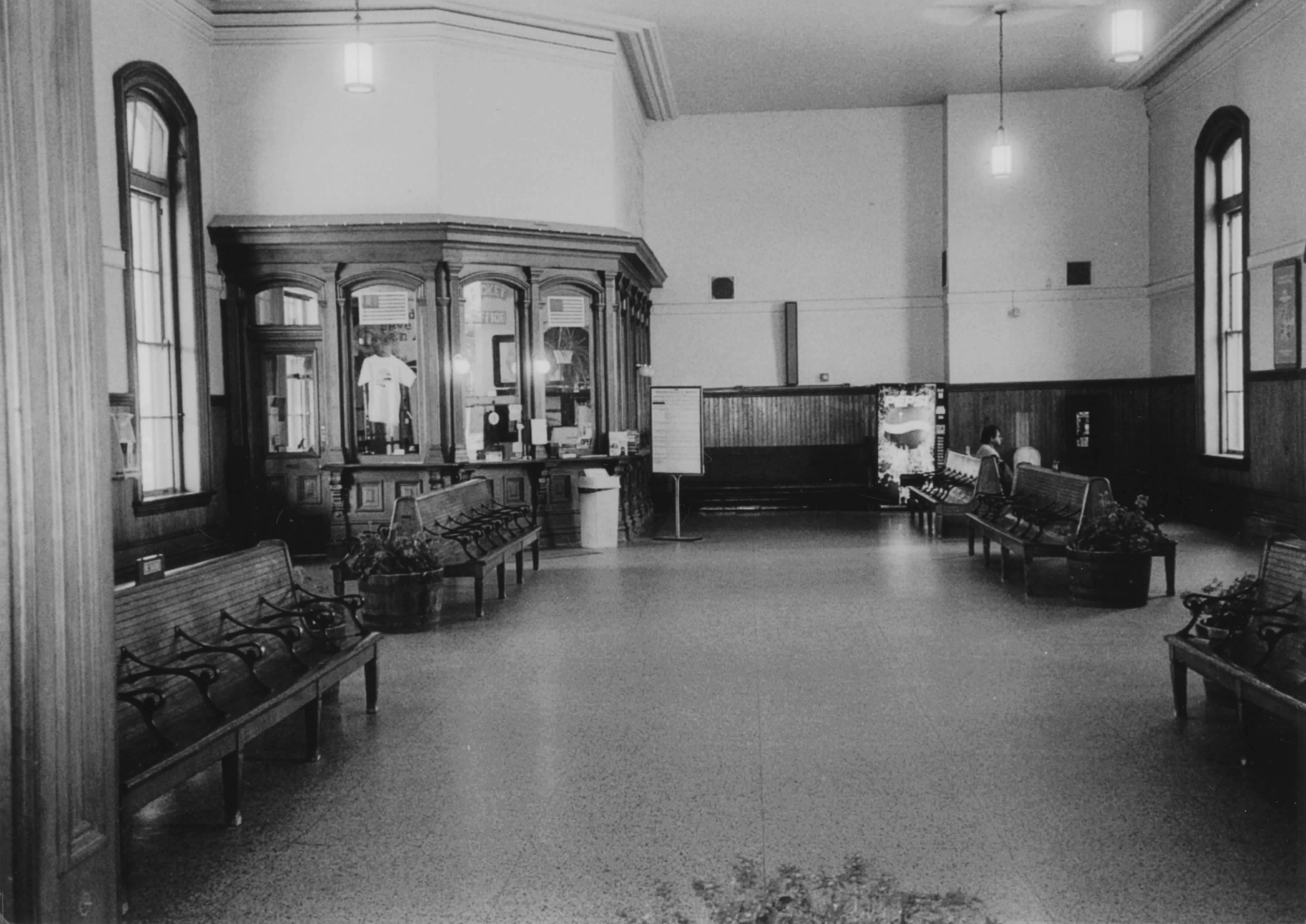
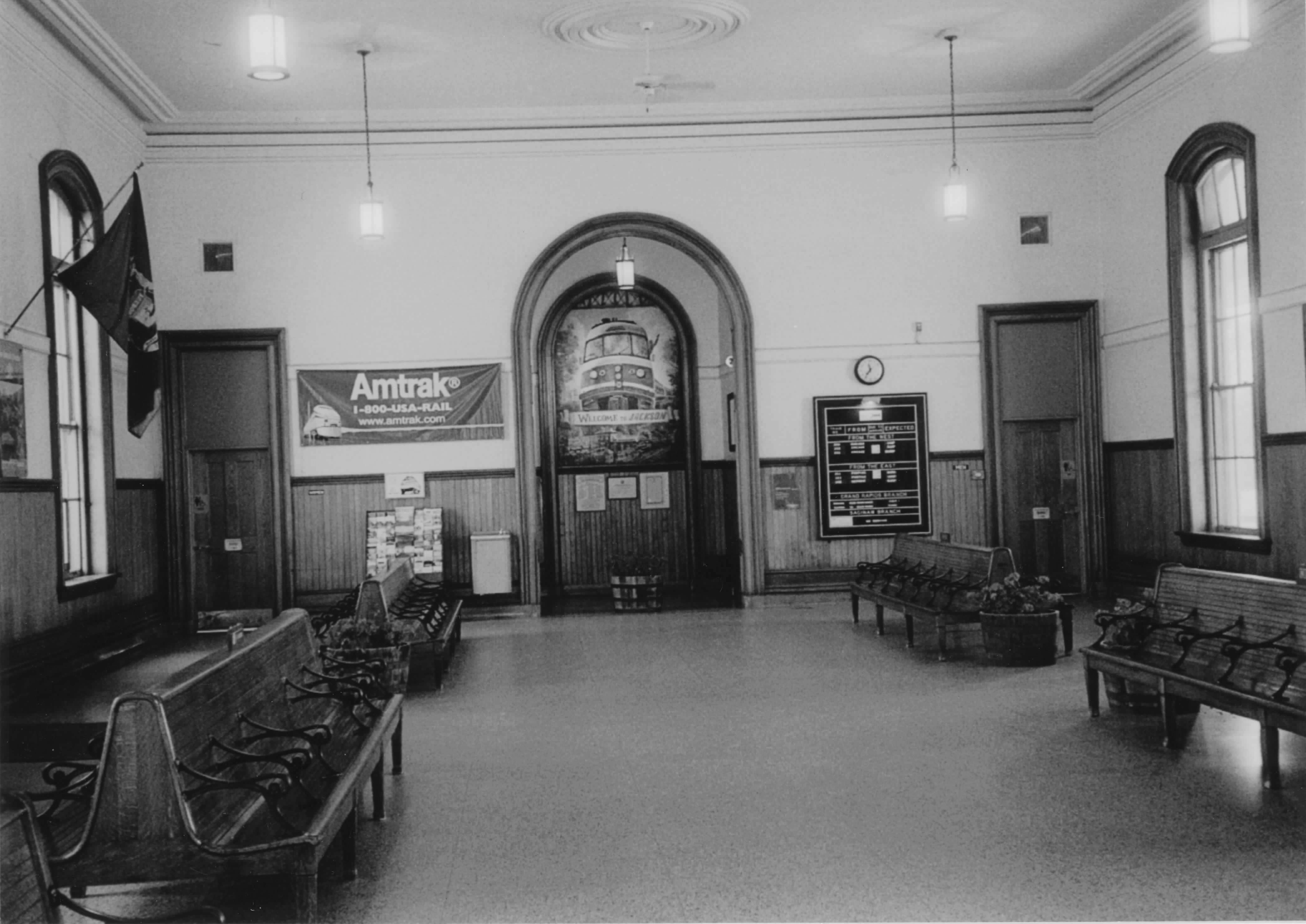
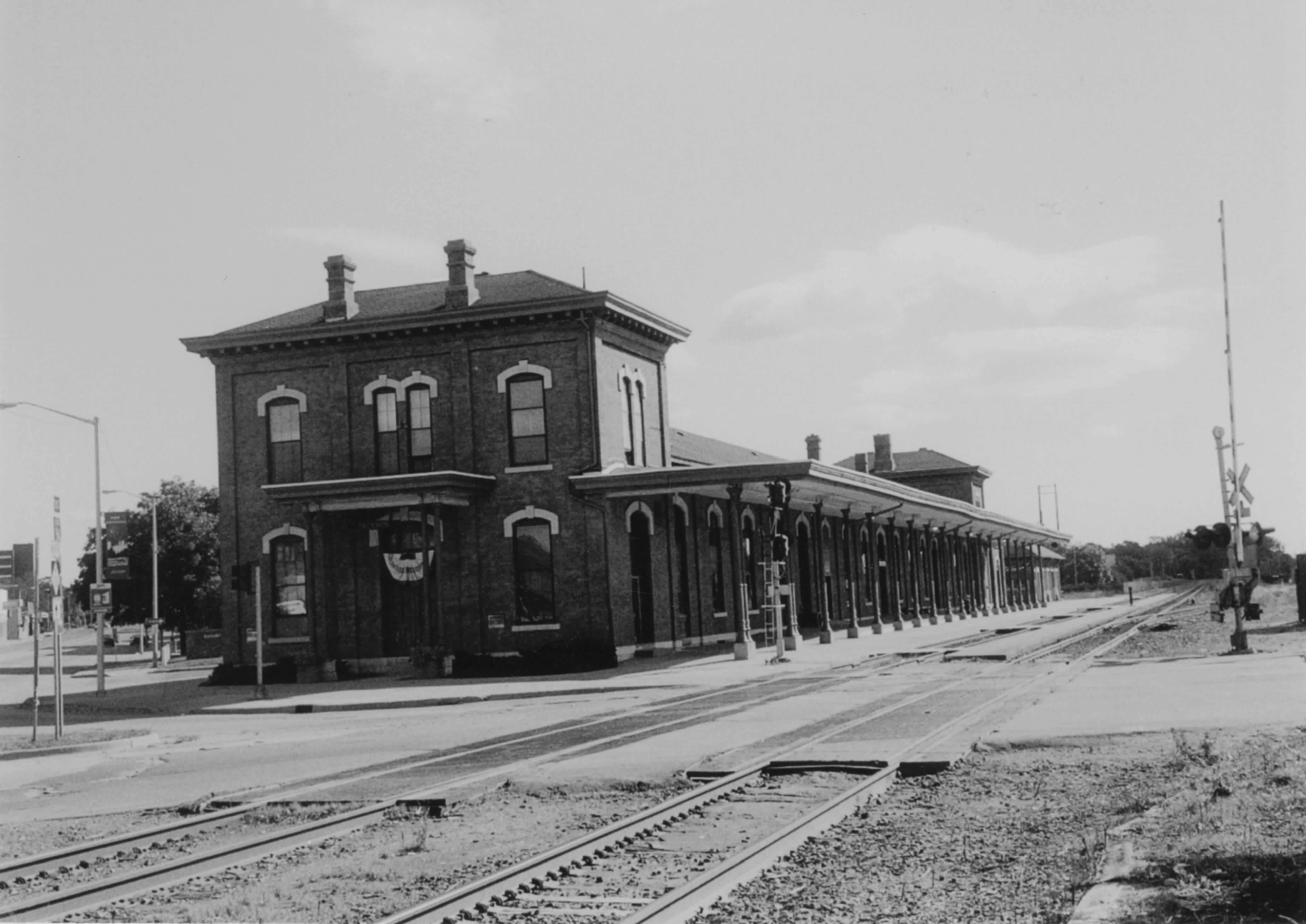
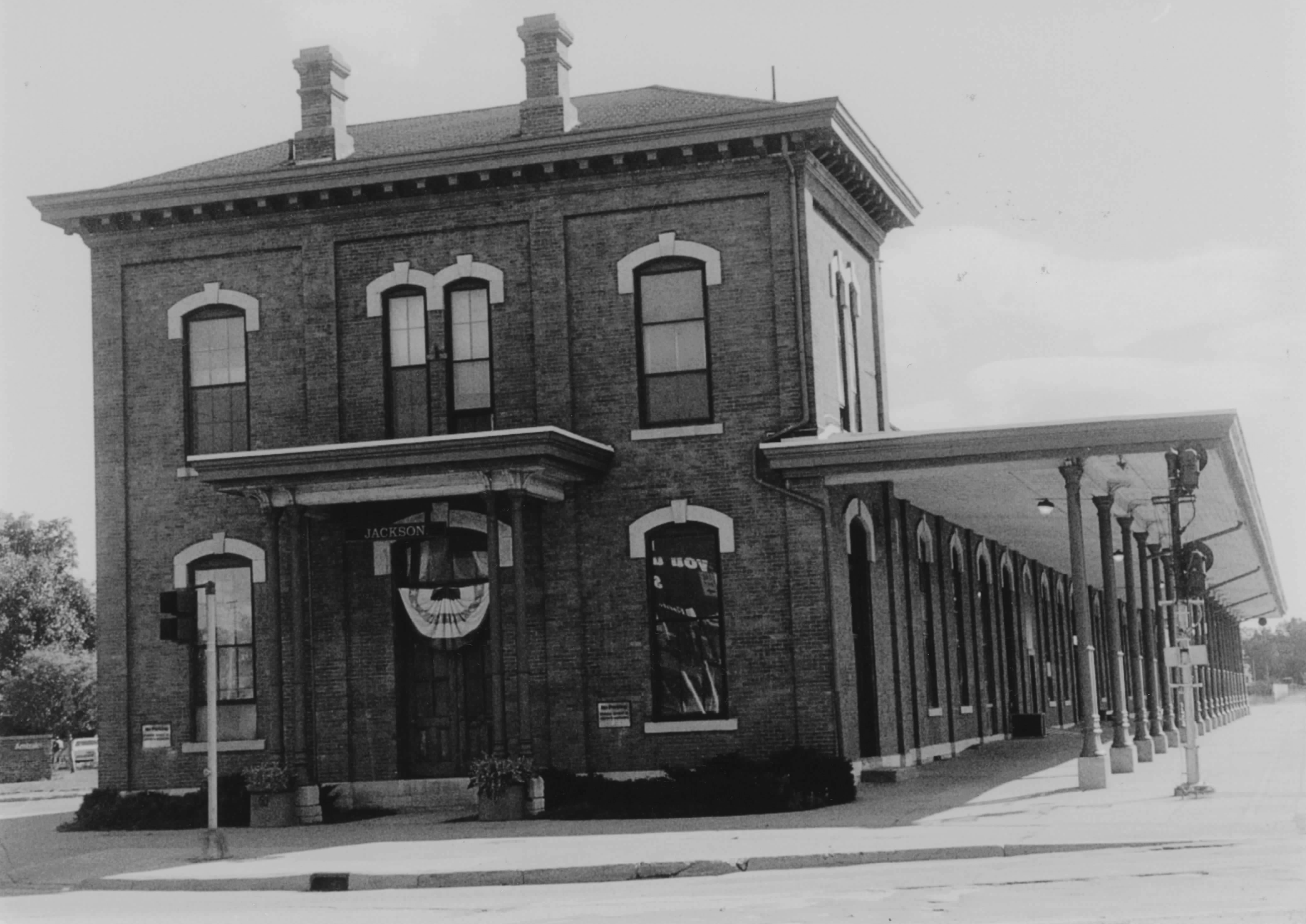
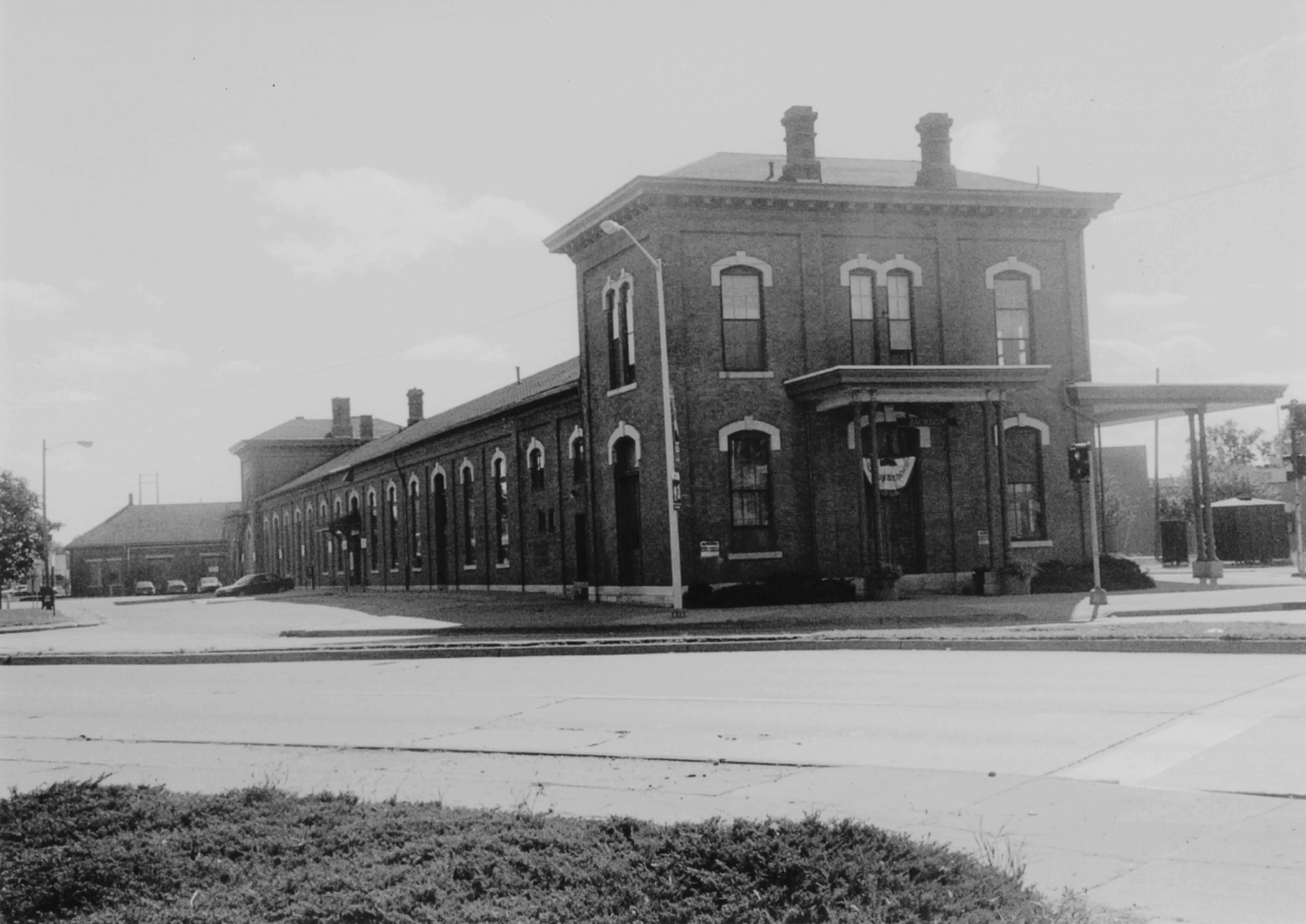

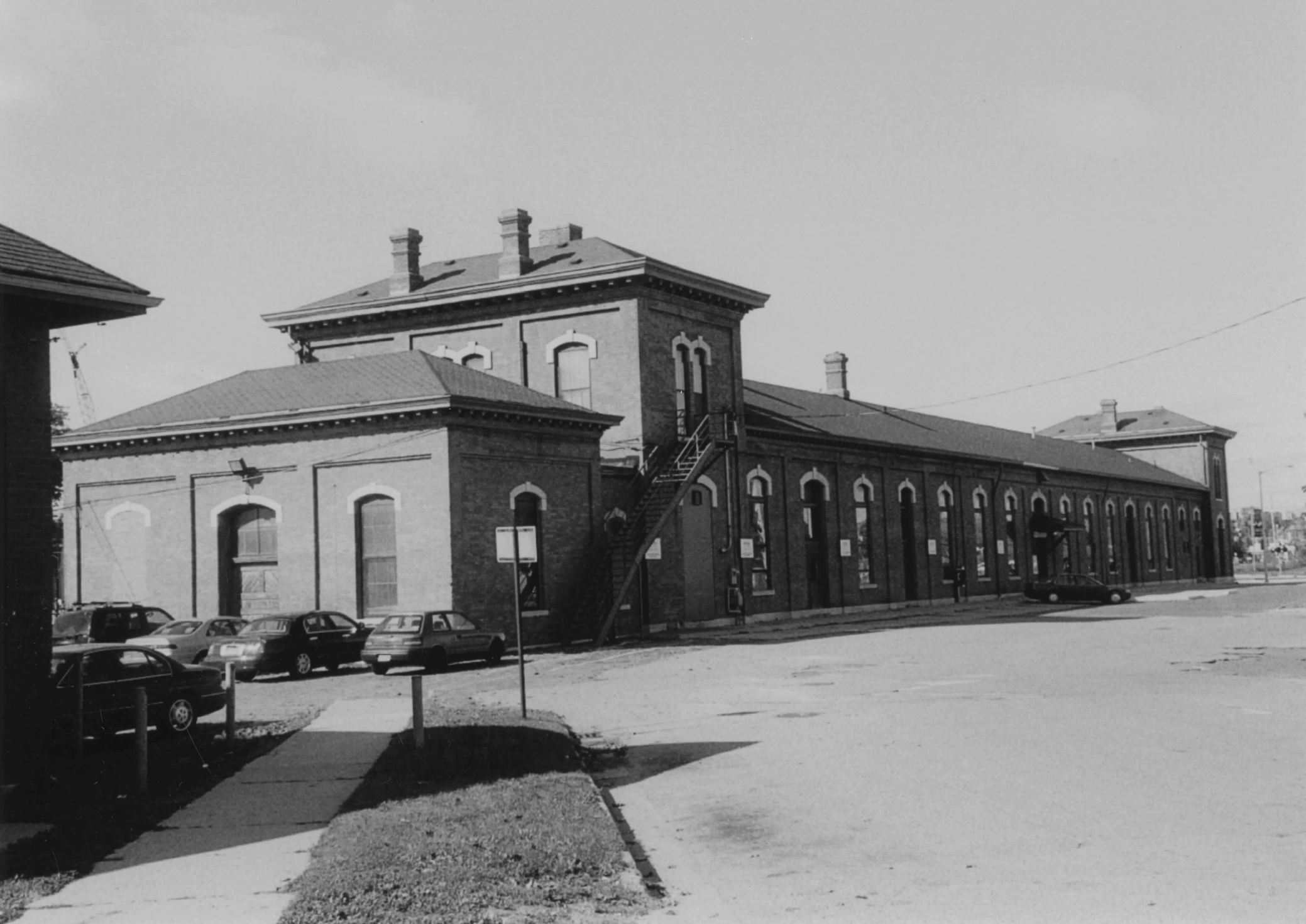
2001 photos from the nomination form for the National Register of Historic Places
Production Files
Further reading:
- NRHP Nomination Form
- All aboard! A history of railroads in Michigan by Willis Dunbar

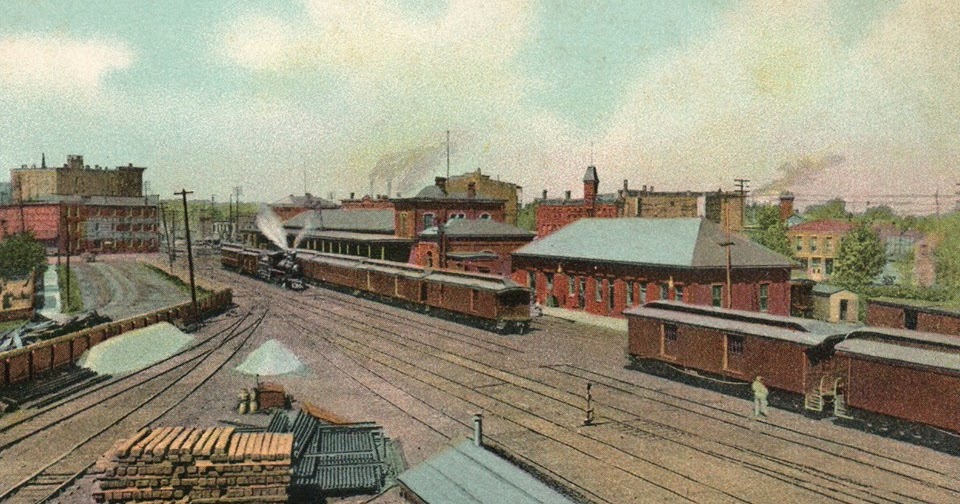
As someone who's been here a million times, this 1881 photo blew my mind—there was an archway leading to another waiting room here (that space is now semi-vacant, used for storage).
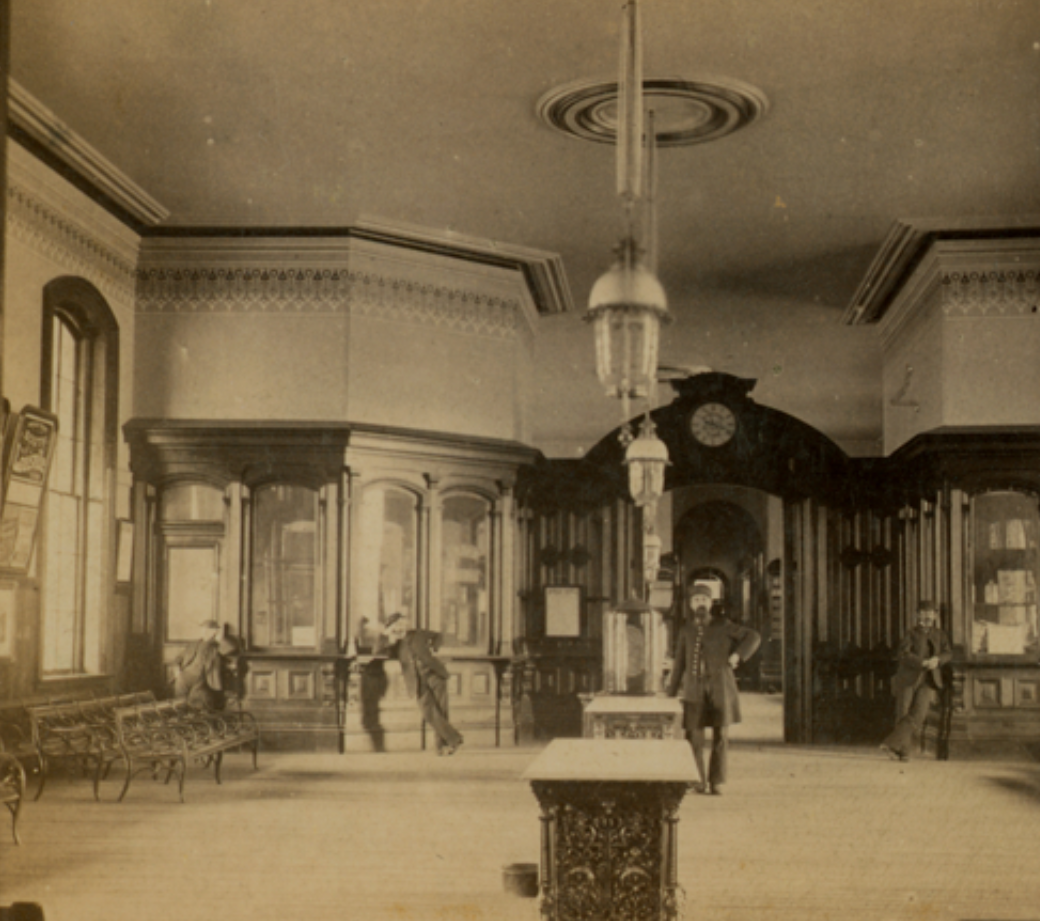

1881, Detroit Public Library | 2001, NRHP Nomination Form
Got a little kick out of this weird little pork barrel spending saga (pork was good bring it back).

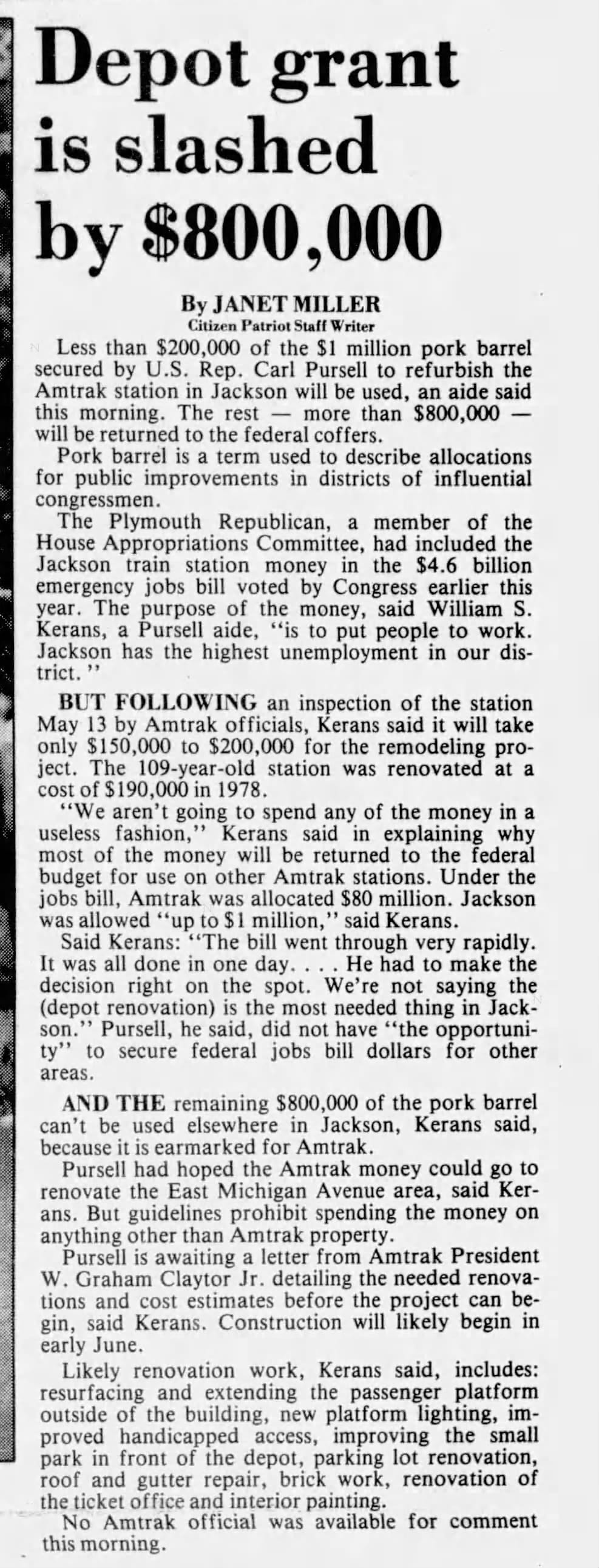
1983 articles
Since train people are the best, there are a bunch of wonderful Flickr photos of the station that I'm going to embed here.
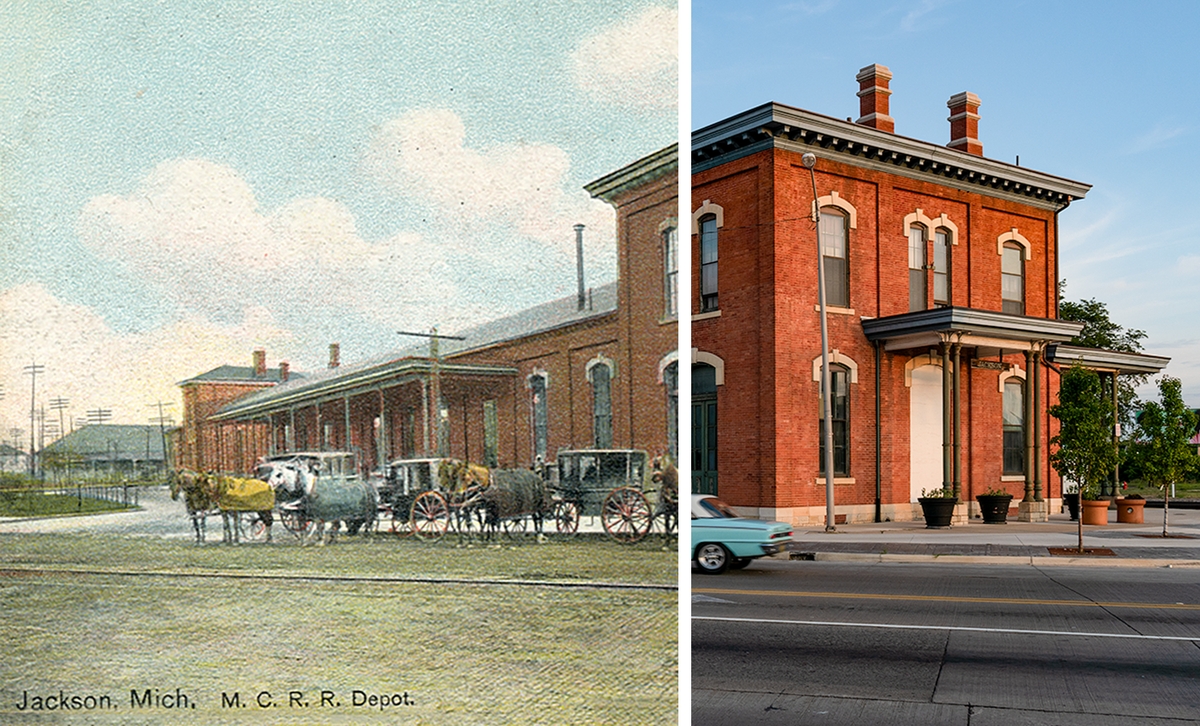












Member discussion: